Dear friends,
My final story from Oman comes from the wonderful southern city of Salalah where we spent three days in and around the city, visiting the beautiful coastline where there were more camels than people on the long white beaches, learning about the ancient trade in frankincense, seeing the tombs of holy men, relaxing in a castle and buying some treasures to take home.
During our stay in Salalah we were joined by a wonderful local guide, Said, who gave us such an insight into the region
and also kept us amused with his great sense of humour.
The dome and minaret of the mosque in Salalah.
A detail of the beautiful mosaic tiles of the mosque’s dome.
Ladies not allowed, but I peeped in the door anyway.
We spent a fascinating evening at the Frankinsence Museum where an Italian Archeologist who has been working
in this area for some 35 years gave us a private lecture about the history if the region and the ancient frankinsence trade.
The lecturer talks with our guides at the entrance to the Museum.
Lovely arches in the courtyard of the museum.
And of course, one of the arches highlighting a frankinsence tree.
A frankinsence tree – the trees are found only in Oman, the Yemen and in the Horn of Africa (mainly Somalia and Ethiopia)
Both frankincense and myrrh are derived from the gummy sap that oozes out of the Boswellia and Commiphora trees, respectively, when their bark is cut. The leaking resin is allowed to harden and scraped off the trunk in tear-shaped droplets; it may then be used in its dried form or steamed to yield essential oils. Since we are coming up to the Christmas season, I was interested that our archaeologist friend hazarded a notion that the three wise men who are said to have brought gold, frankinsence and myrrh to the baby Jesus, probably only brought frankincense and myrrh as gold or treasures – as they were considered even more precious than gold at that time.
Said shows us how easy it is to scrape the light bark of the tree with just a stone.
Just minutes later, the precious sap was already oozing out in white droplets. It takes only
a couple of weeks for the resin to harden and then it can be harvested.
Frankinsence for sale by the kilo in the market at Salalah.
Said and Annie pose with the shopkeeper amidst the piles and packets of frankinsence.
Fragrant smoke wafting up from burning frankinsence – a must in any hotel or house in the region.
Also for sale in this shop were many perfumes, many of them for men. That little tassel hanging at the neck
of their dishdashas should be doused in perfume and provides a lovely aroma for them during the day.
My car buddy Jack fitting right in with the line of men at the counter.
Beautiful perfume bottles.
Many other things for sale in this evening market in Salalah. I took the opportunity to buy a men’s hat, a ‘kumma’, for myself, although maybe I should have bought a woman’s garb as behind me? I think not.
North of Salalah is the town ‘Taqah, which is where our guide Said hails from, but more importantly,
it is the birthplace of Sultan Qaboos, the beloved ruler of the country. Typical house of the town …
… and shops of all kinds catering to the town’s needs.
The town also boasts a small castle which was built in the 19th Century and houses an interesting museum.
The inner courtyard with a date palm and an Indian almond tree.
What appears to be a staircase is really just the shadow of the balustrade above this latticed window.
Another lovely shadow of the date palm against the wall of the castle.
Inside the castle, each room has been furnished to reflect it’s glory days and give a good feeling for how life was a couple of hundred years ago when this town was an important port, with sardines as one of its main exports.
There was a lot of Chinese porcelain stacked in the living rooms, evidence of China as an important trading partner. The old photo on the wall also showed the influence on the makeup of the women when the turning traders spoke of eastern beauties.
Annie reclines on a sumptuous bed in the castle’s boudoir.
Another photo on the wall of a more traditionally dressed woman weaving a basket. Many women still dress like this, although perhaps not with such an elaborate dress, and usually in black outside the home.
Said showing us an engraved ceramic plate which was used in the making of bread.
It wasn’t all pleasant in those days though, Said models how the manacles would have held someone prisoner.
Further north from Taqah we stopped to look back along the magnificent coastline.
Visiting the archaeological site of Sumhuram, some 35 km east of Salalah on the southern coast, we could imagine how the city of Khor Rouri was perhaps the most important port in the world 2000 years ago. The ruins of the city have been painstakingly excavated, archived and some of the walls slightly raised to give a better impression of how it must have been.
A map showing the main trading routes of the time. It is interesting to note that at one time, so extensive was the
power and reach of Oman, that Zanzibar was named its capital city.
A view over the ruins, looking out to sea with a gate to the bay, now blocked with a sandbar, evident in the walls.
Said pointing to some of the excavated relics, these stones carved for the game played all over Africa and the Middle East.
Carvings of oryx carved on the stones.
Another view from the ruins looking out to the bay, with the sea beyond.
During our walk around the Sumhuram site, I managed to catch a photo of this bee-catcher at the ready.
On our journey back to Salalah we stopped at this holy man’s tomb, set in an ancient graveyard.
Another market, this one with plenty of dates, of all varieties for tasting and sale. Everywhere we went we were offered little cups of coffee with cardamon and dates – a lovely part of the Omani hospitality.
Other colourful vegetables in the market.
So elegant but such a sad face or perhaps just pensive.
Not really allowed to take photos of women, but I did sneak this one in the market.
Loved this old man selling kingfish. He has been working there for the last 50 years and known by everyone.
Meeting with a friend.
His portrait – what a lovely face and gentle smile.
Travelling further south from Salalah towards the border with the Yemen, we climbed up to see the tomb of Job, of biblical fame, and an indentation of his footstep. I have not a photograph of this but we understood the importance of Job as a holy man bringing the word of God to Oman. Today this tomb is a pilgrimage for many.
Close to the tomb, I stopped to watch a weaver bird approach her nest to feed her young.
There were also many camels feeding on the shrubs around the tomb.
‘What long necks you have,’ I thought to myself.
A farmhouse on the hilltop and camels grazing in the shadow of the tree.
Higher still, a lonely camel surveys his terrain and looks out to the distant sea.
Back on the coast, looking towards the south-west with a rugged coastline and famous blowholes.
In the other direction, looking along the cliffs and beaches to the north-east towards Salalah.
And now, for just a few more camels, so photogenic along the beach – apologizing in advance for the number,
but already my collection whittled down to only these.
Posing by the waterhole.
Not sure which way to go. Parents apparently in a dither.
On the road heading in the same direction as we are and taking their time.
A mother and baby nuzzling as they walk along.
The camel herder trying his best to get them to hurry up with not a lot of success, they just went on at their same slow speed.
A caravan of camels or perhaps a company of camels or even a crowd of camels.
I know where I’m going, back to walk along the beach ….
… follow me if you want, but keep your distance.
For the final few photos of this last blog, I want to share with you some photos from the hotel we stayed in near Salalah. As for so many of the modern designs, the architects have highlighted the traditional arches and water features. The last evening, after a fine farewell dinner with the rest of my group, I spent some time taking photos here.
An arch, a window, a plant.
From the entry, looking across the pool to the lobby of the hotel.
Looking from one side of the pool to the other, with a touch of colour from the arched corridor.
The concierge at his desk by the entry, taken from the entrance to the lobby looking across the pool.
I would like to thank all of my friends who have been following and commenting on this series of stories from my visit to Oman, but most of all I would like to thank our main guide, the wonderful Annie from Wilderness Tours, Mohammed and Said, our informative and friendly local guides, and to my fellow travellers on this very special trip.
Until my next travels, stay safe but be adventurous.
Best wishes to all,
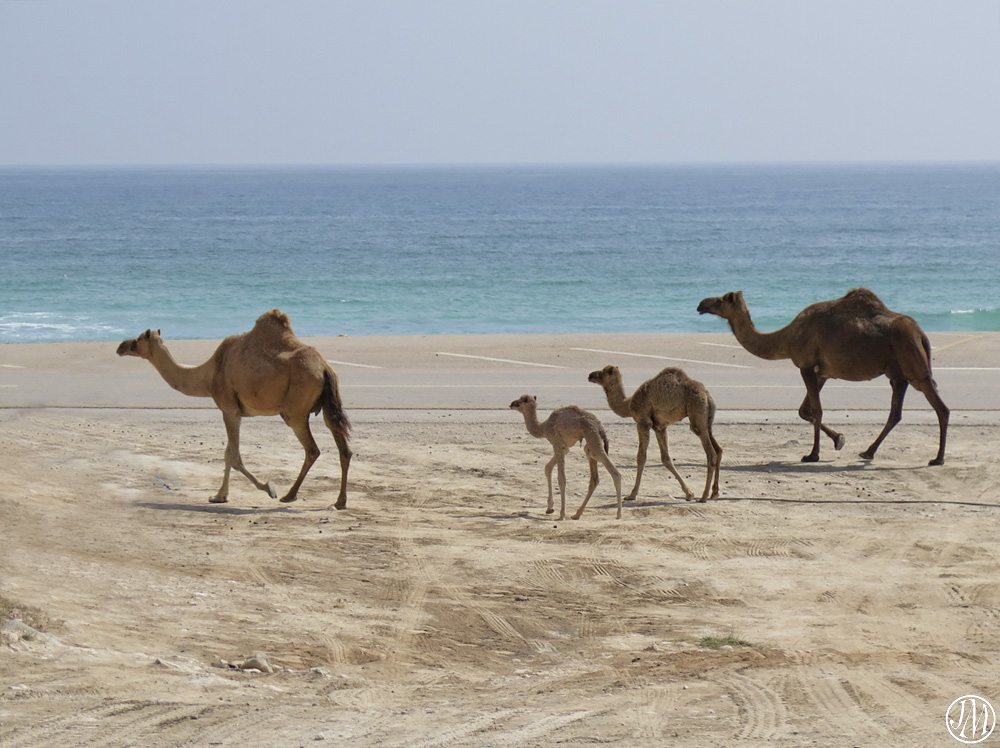
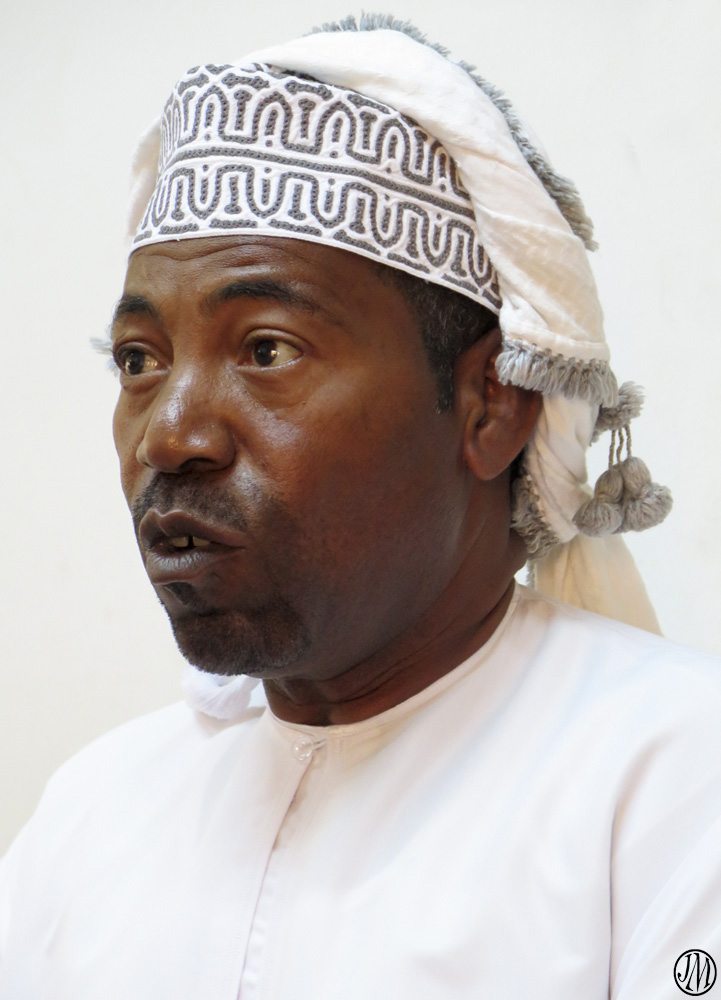

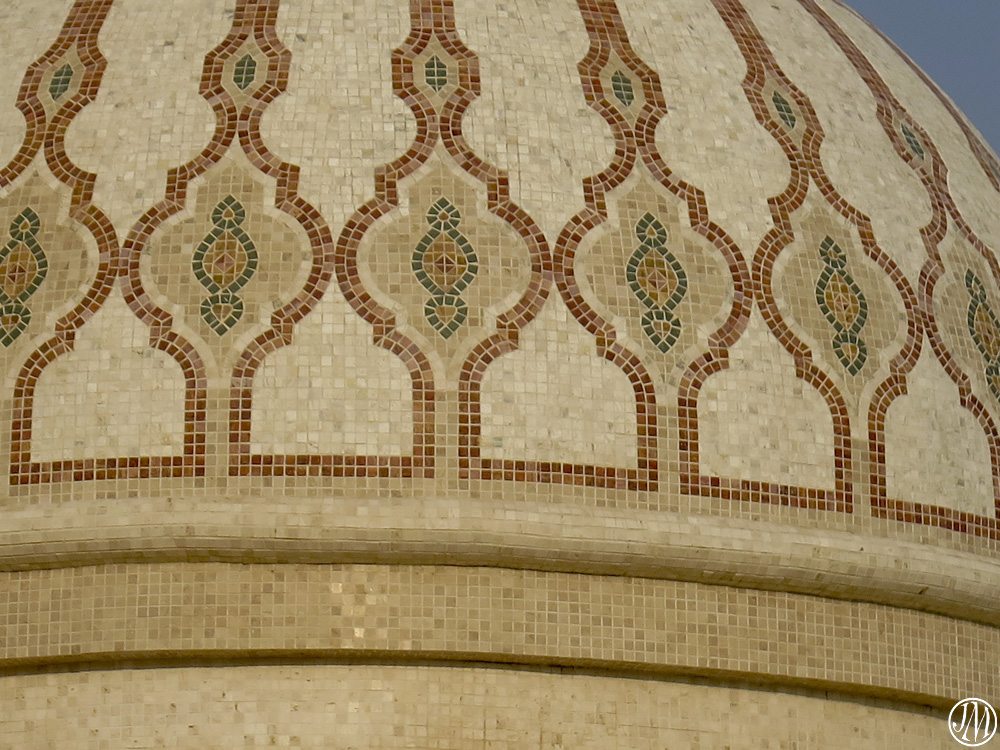
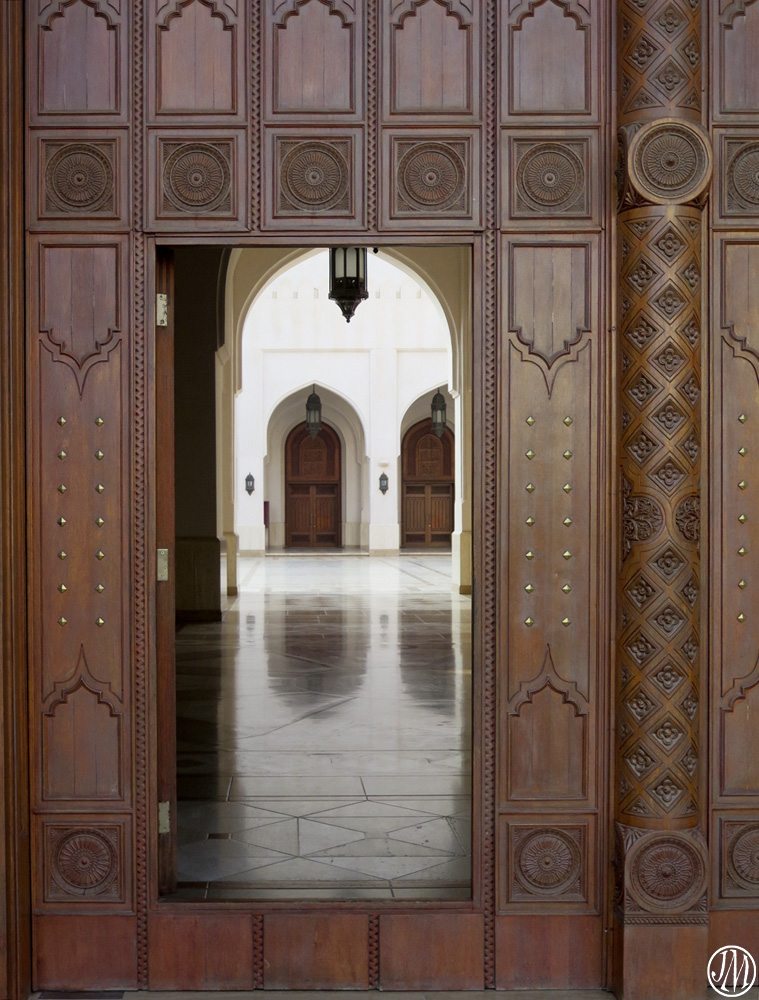
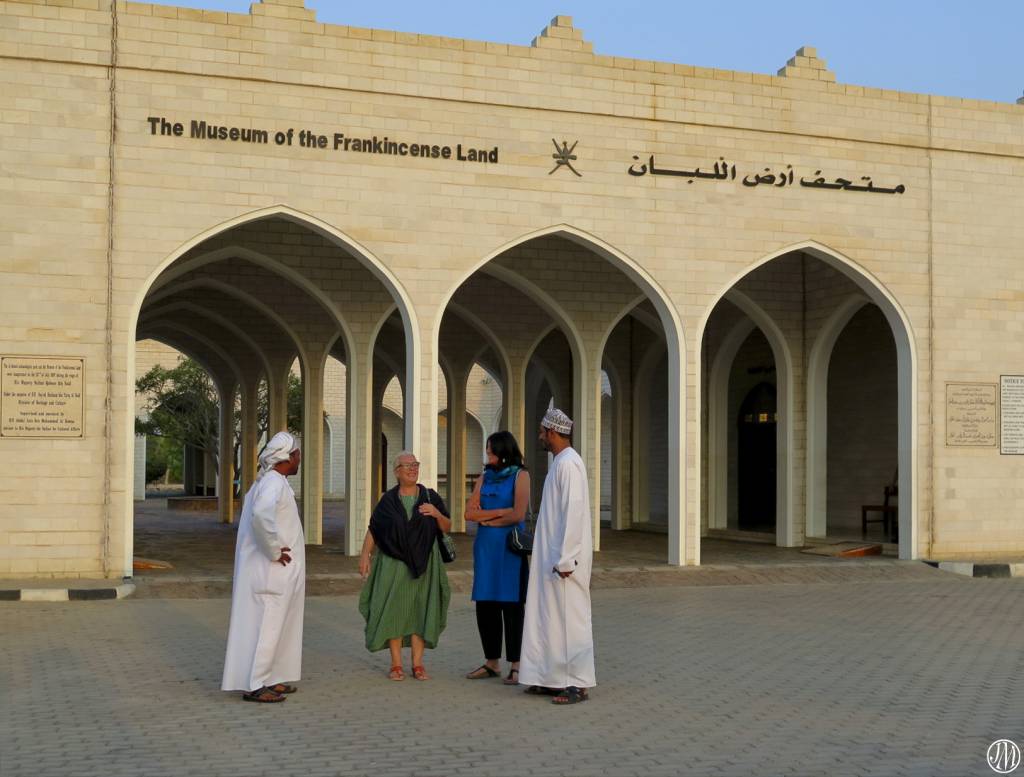
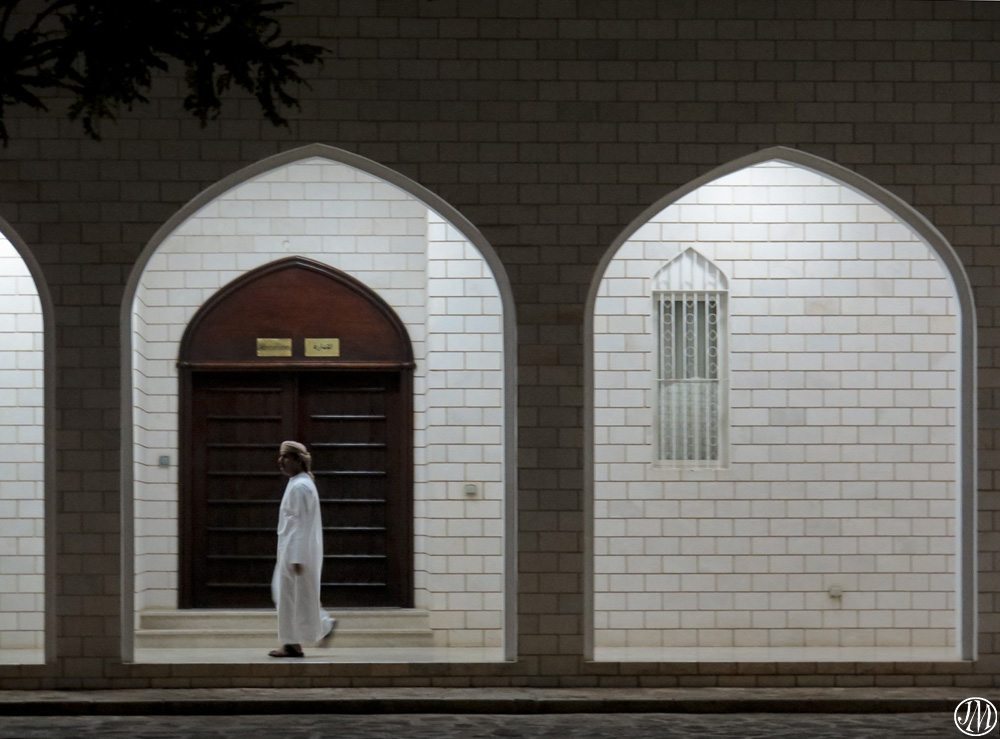
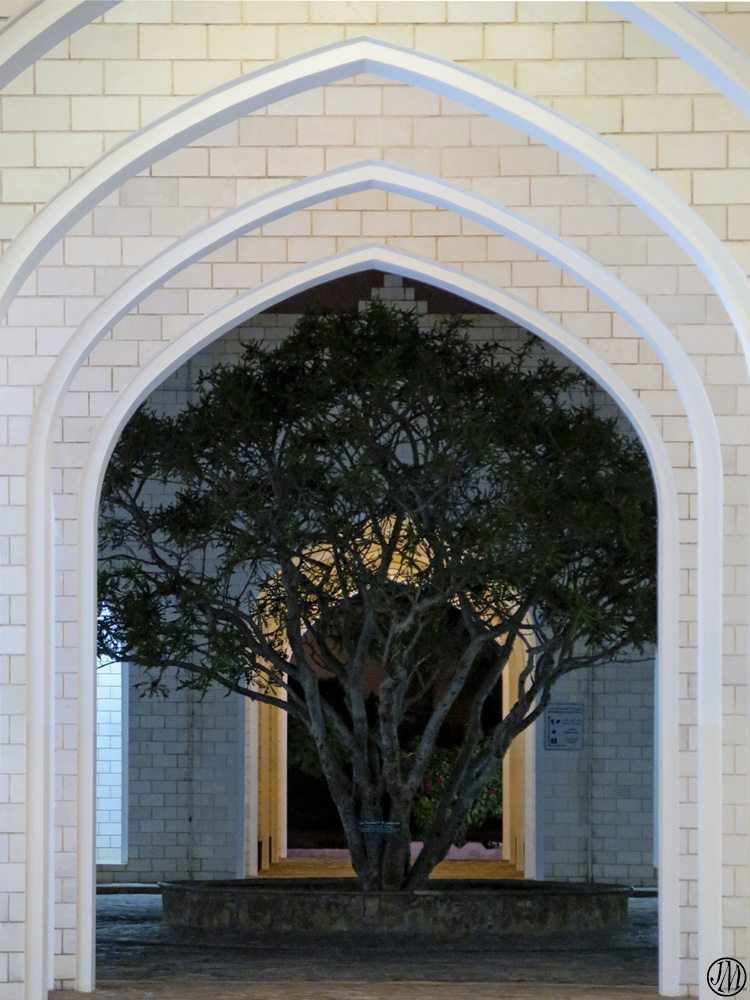
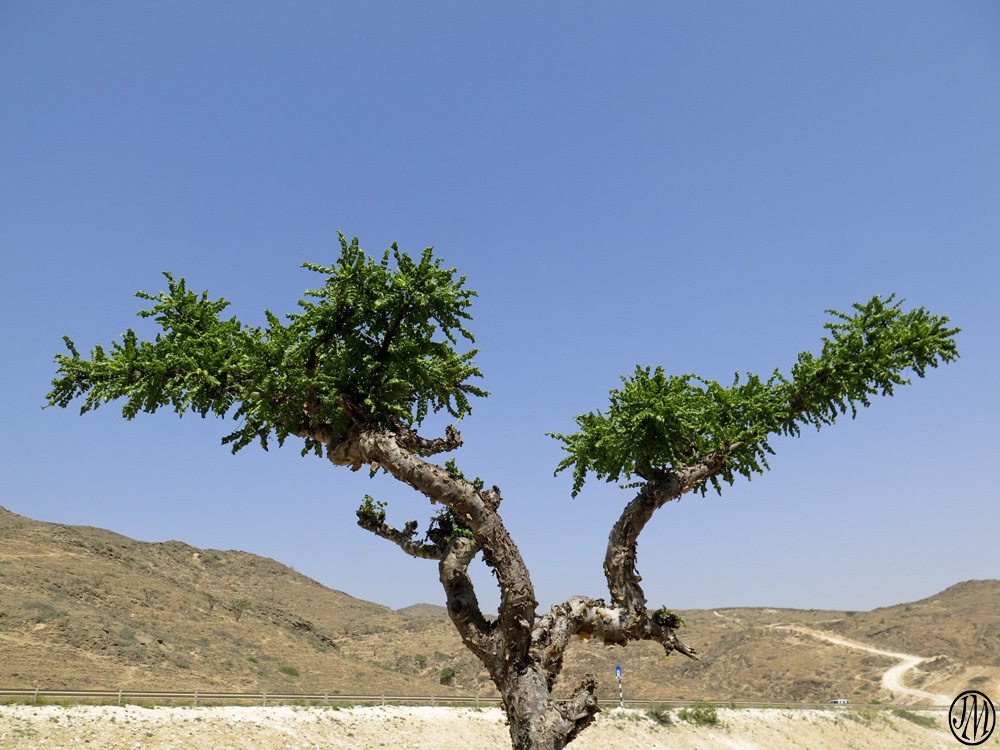
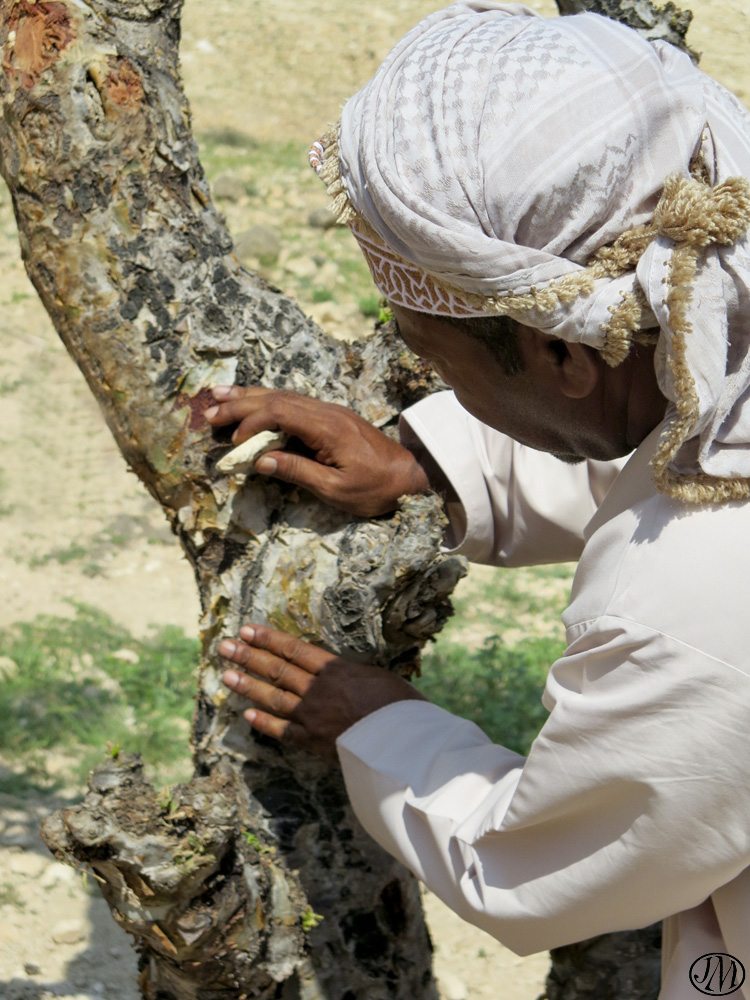
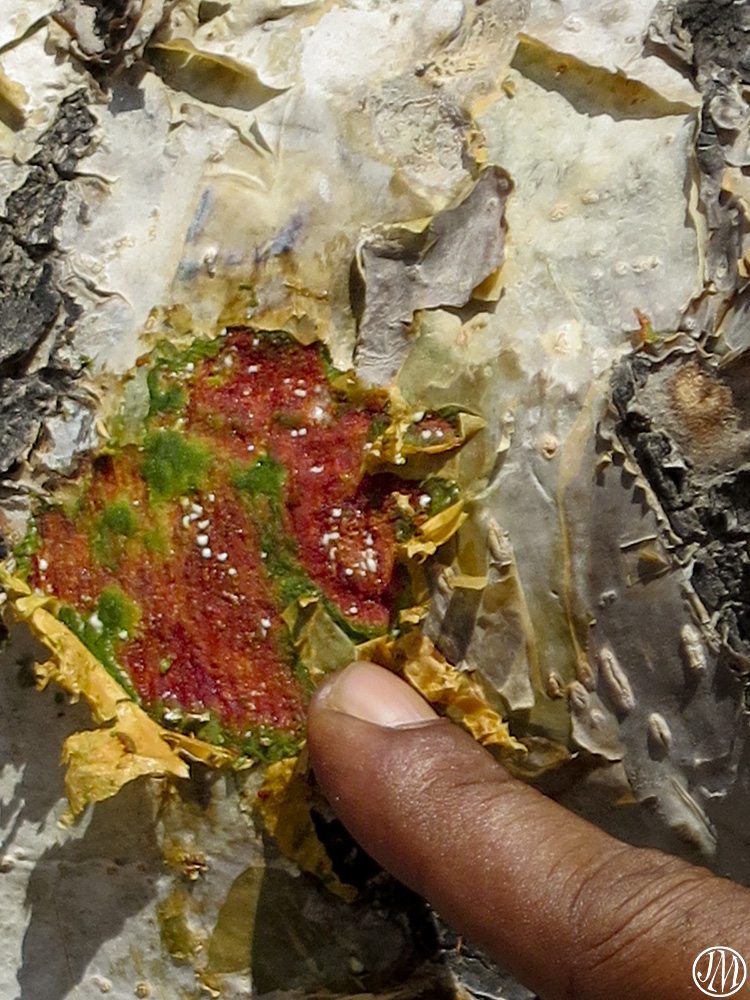
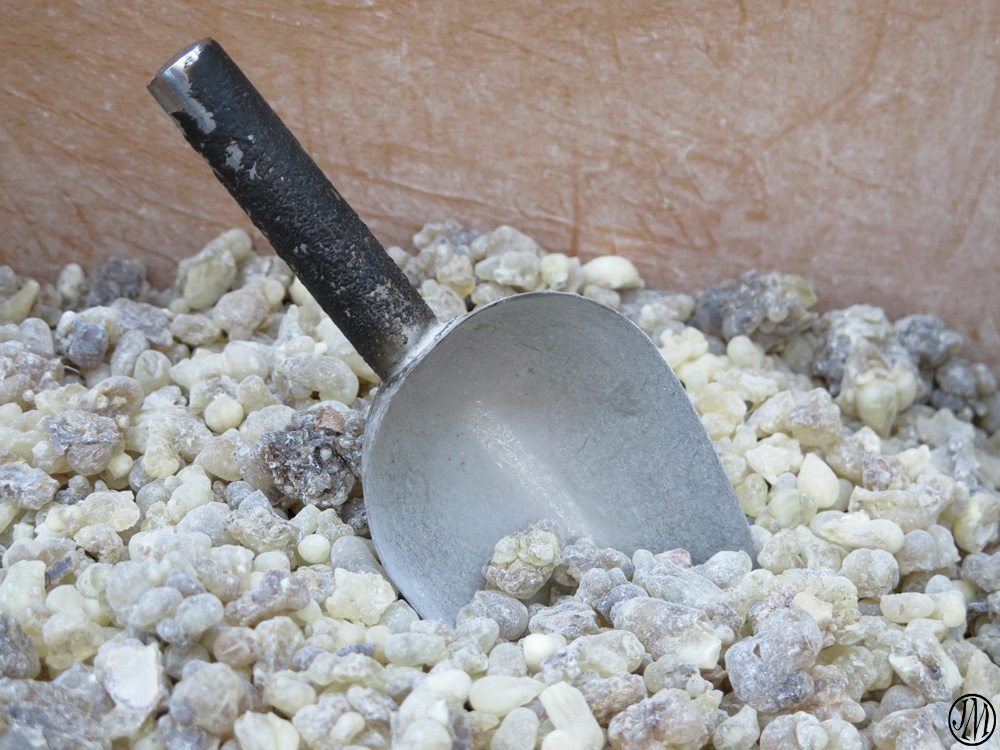
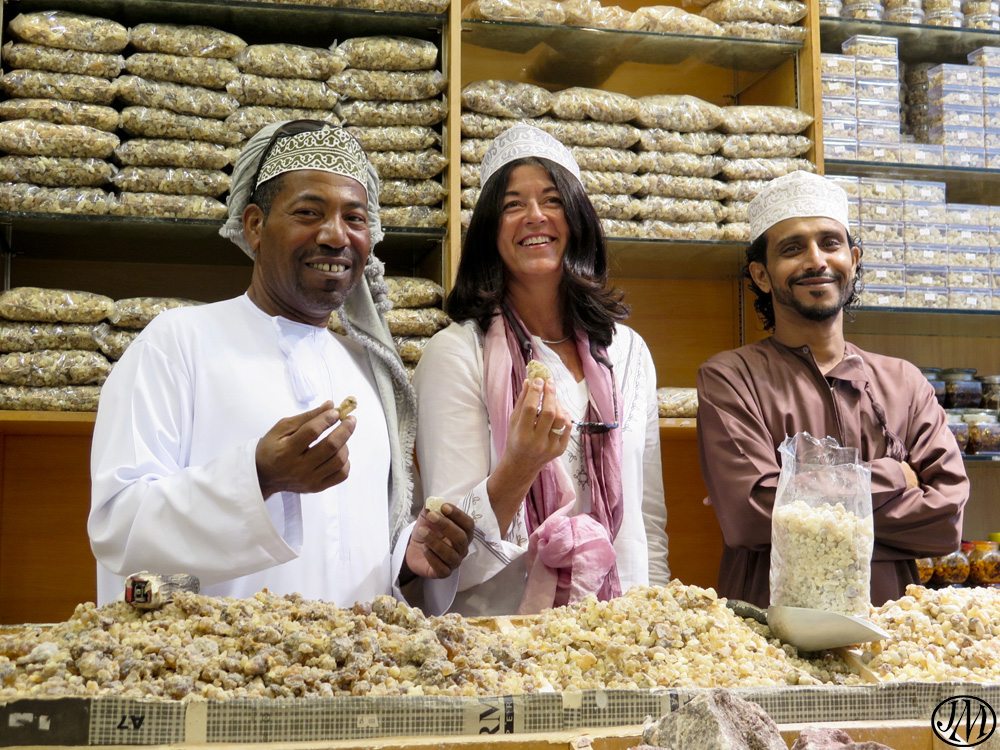
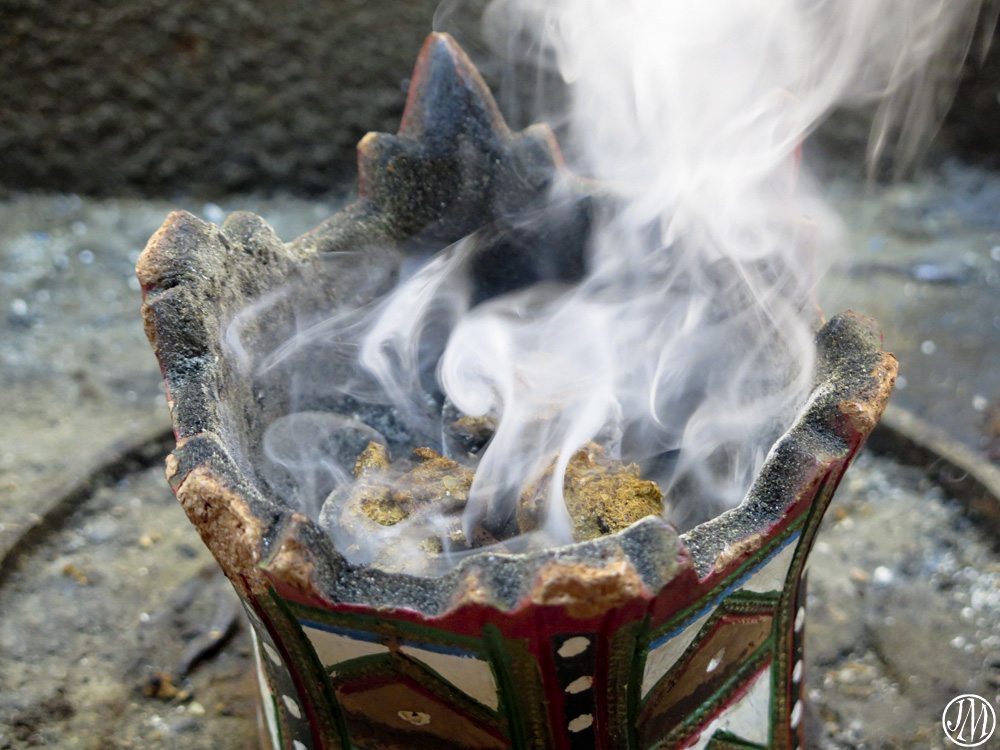
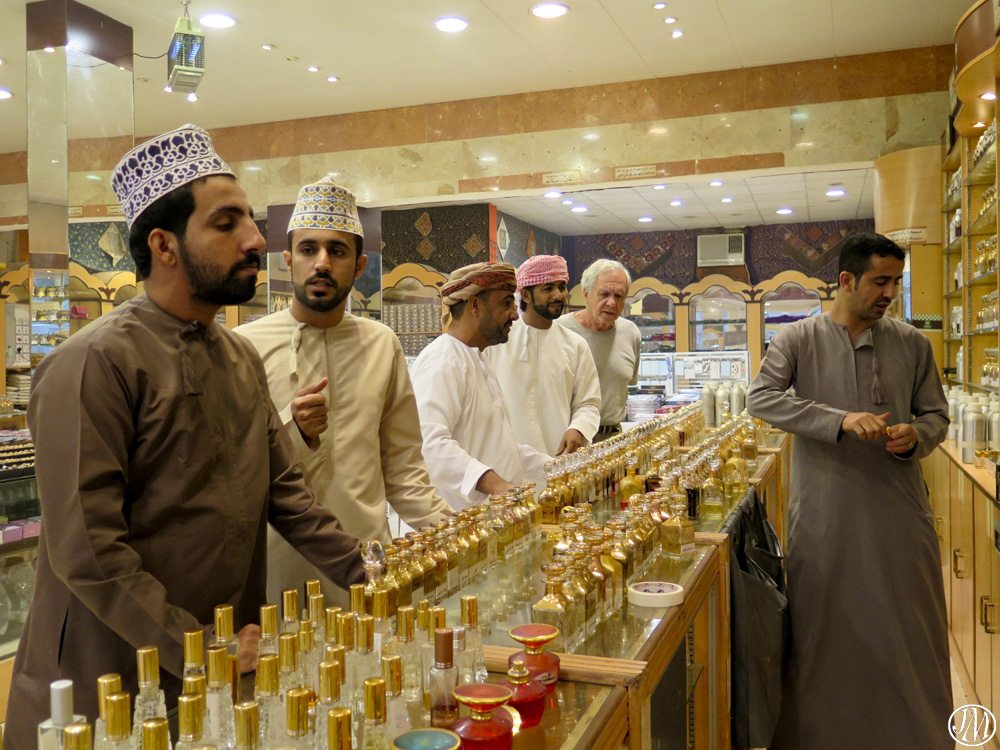
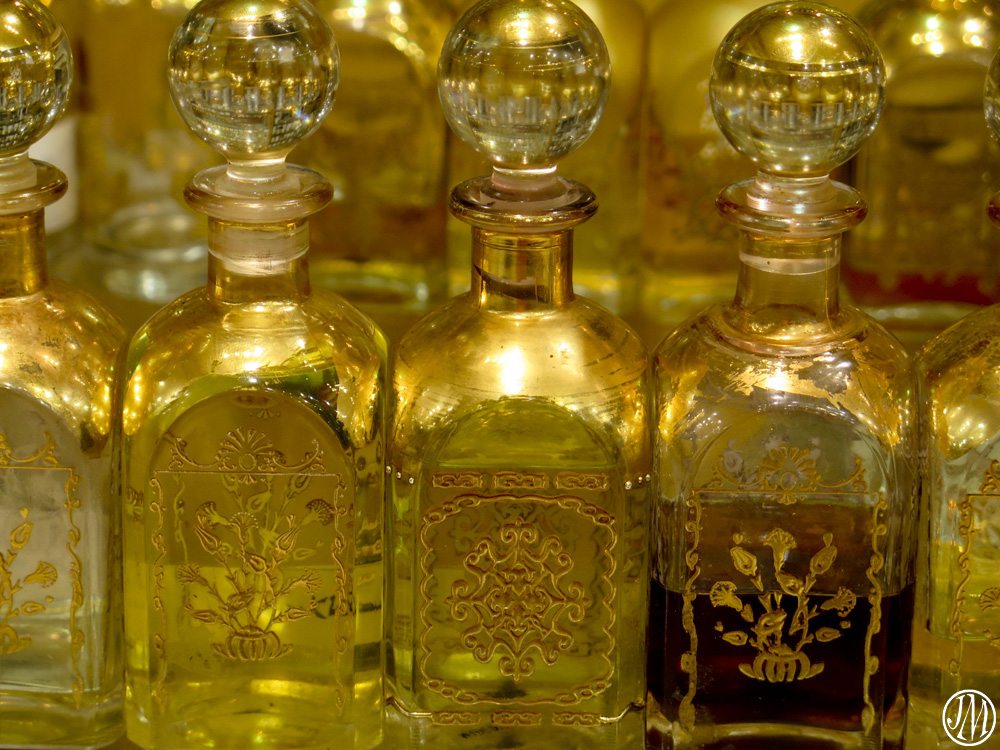
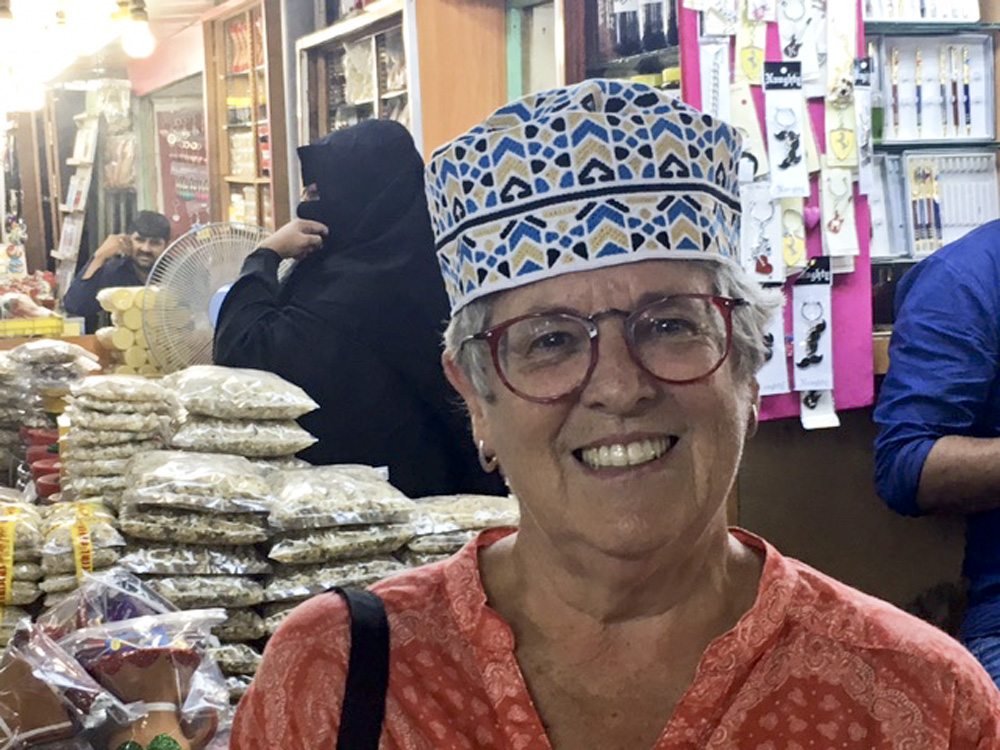
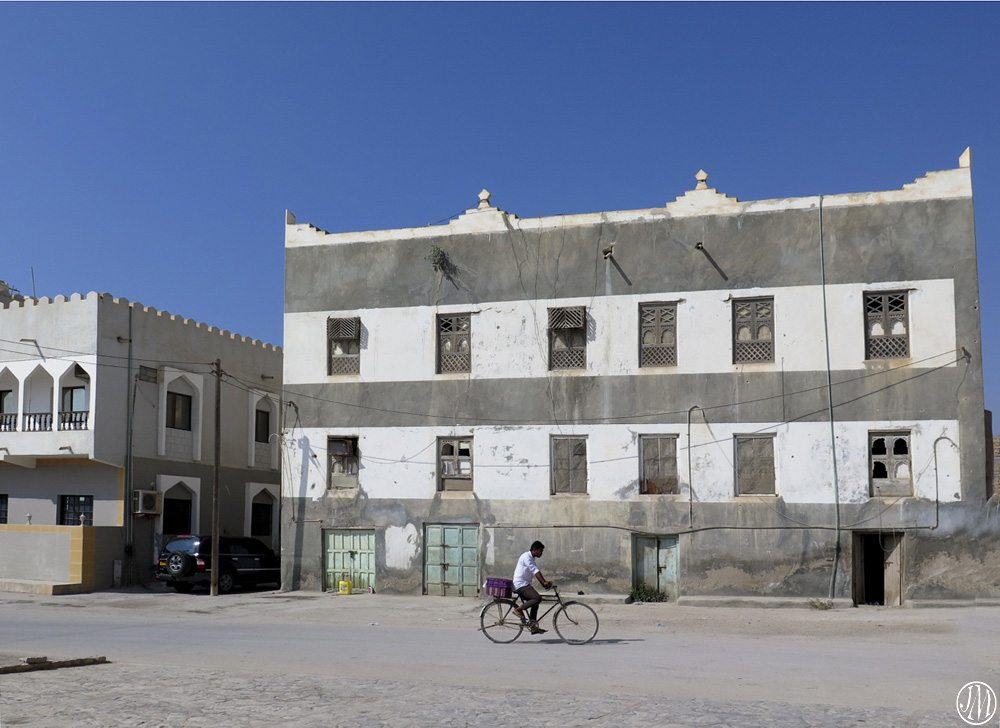
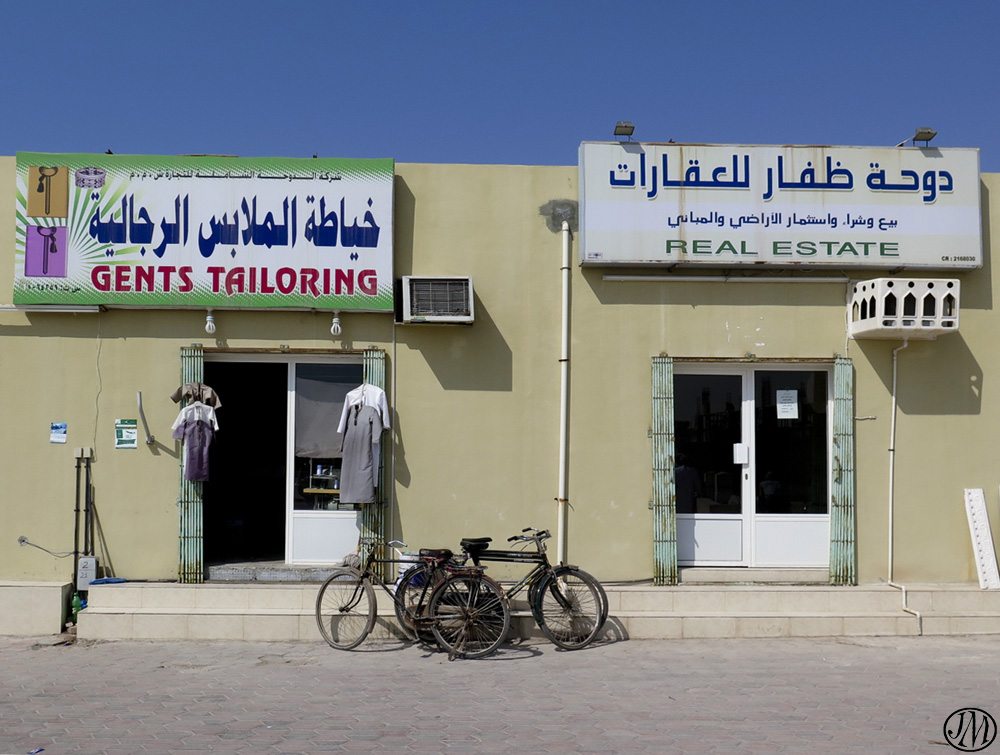
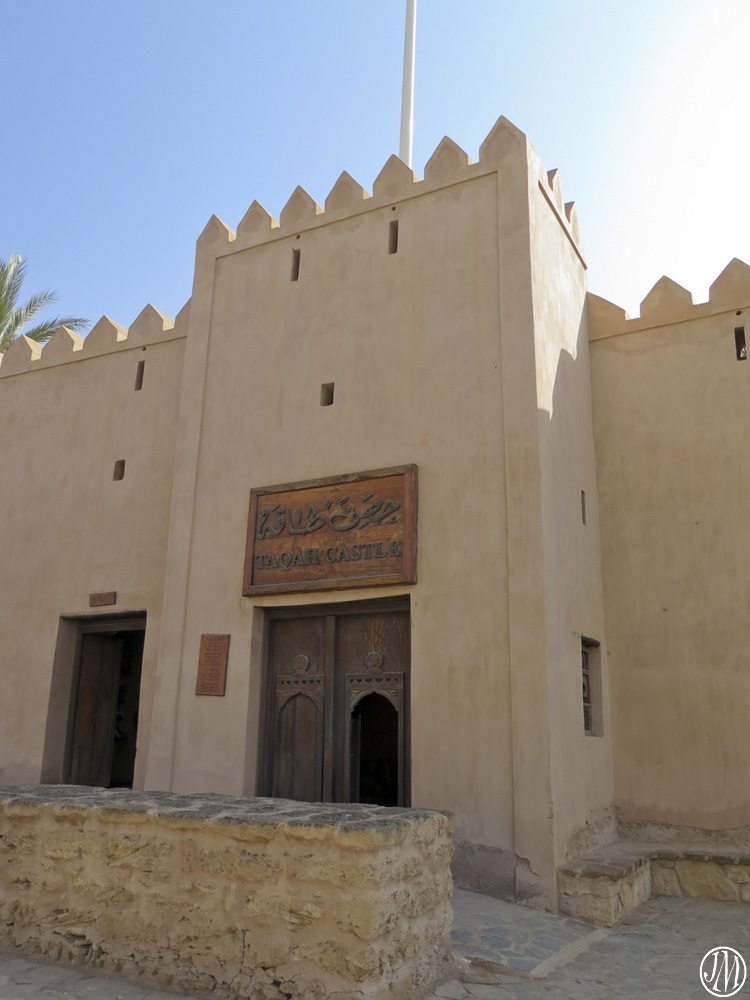
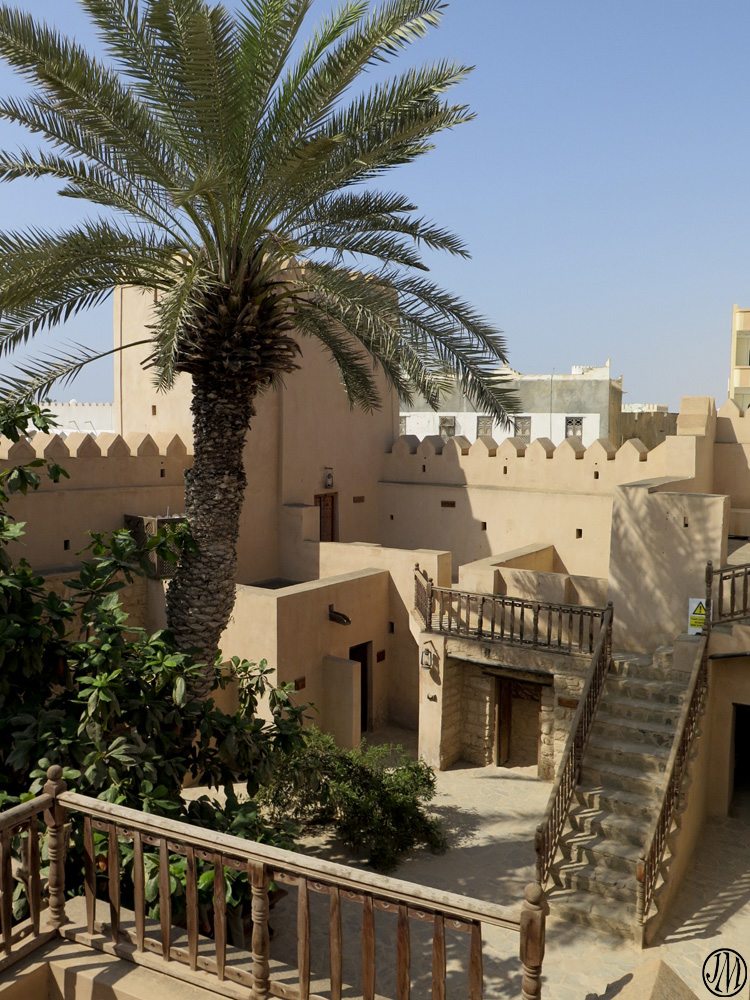
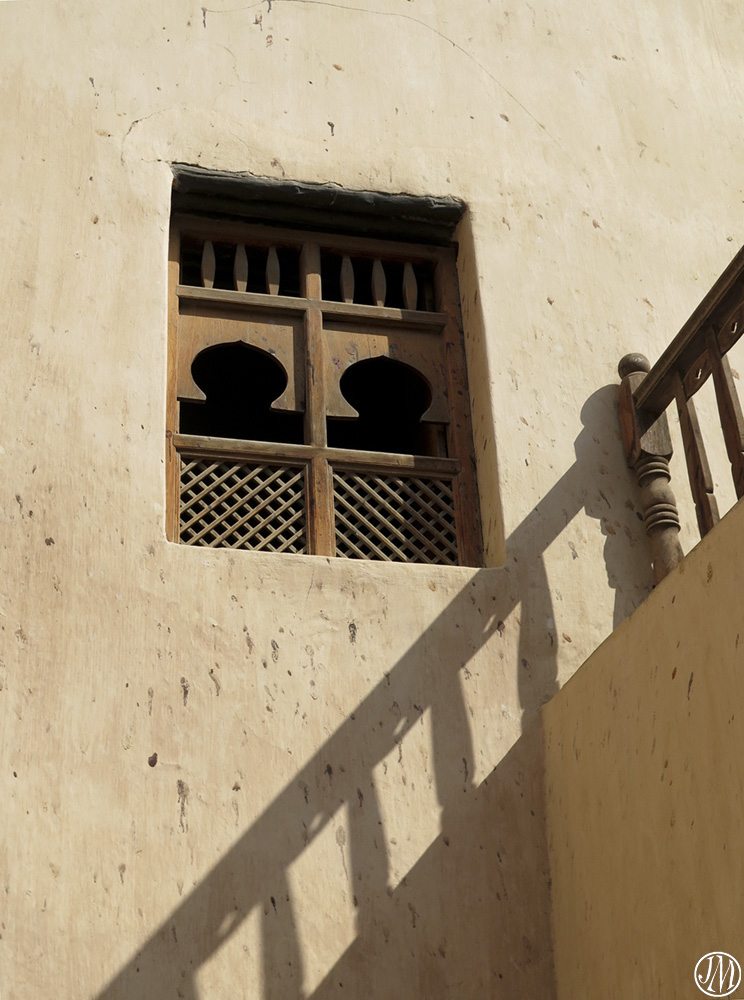
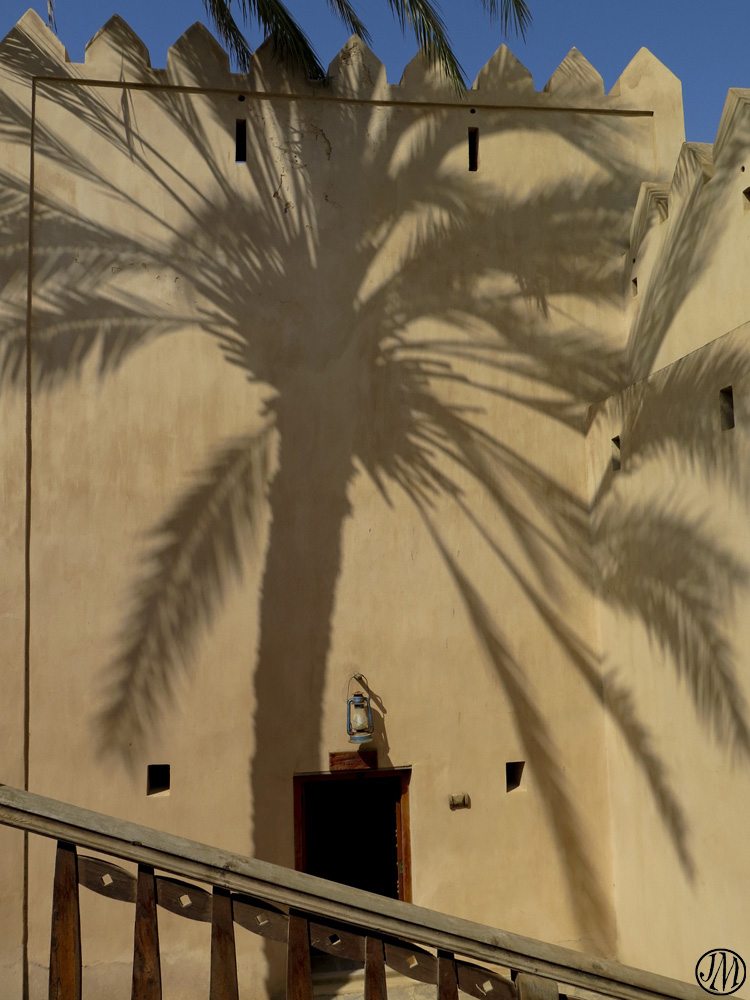
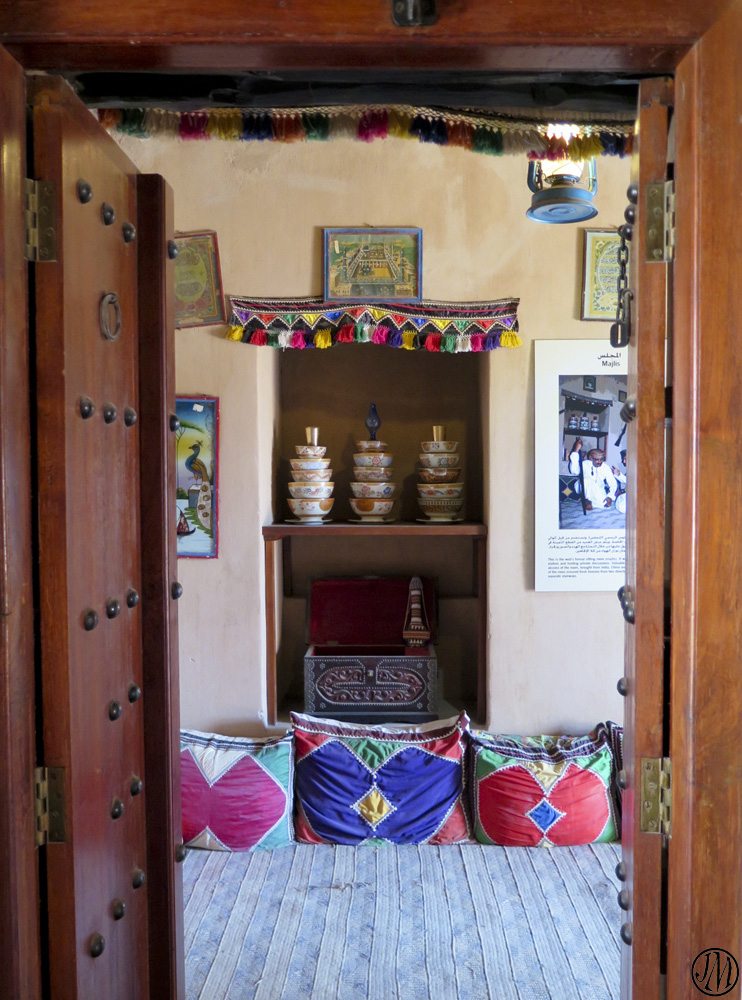
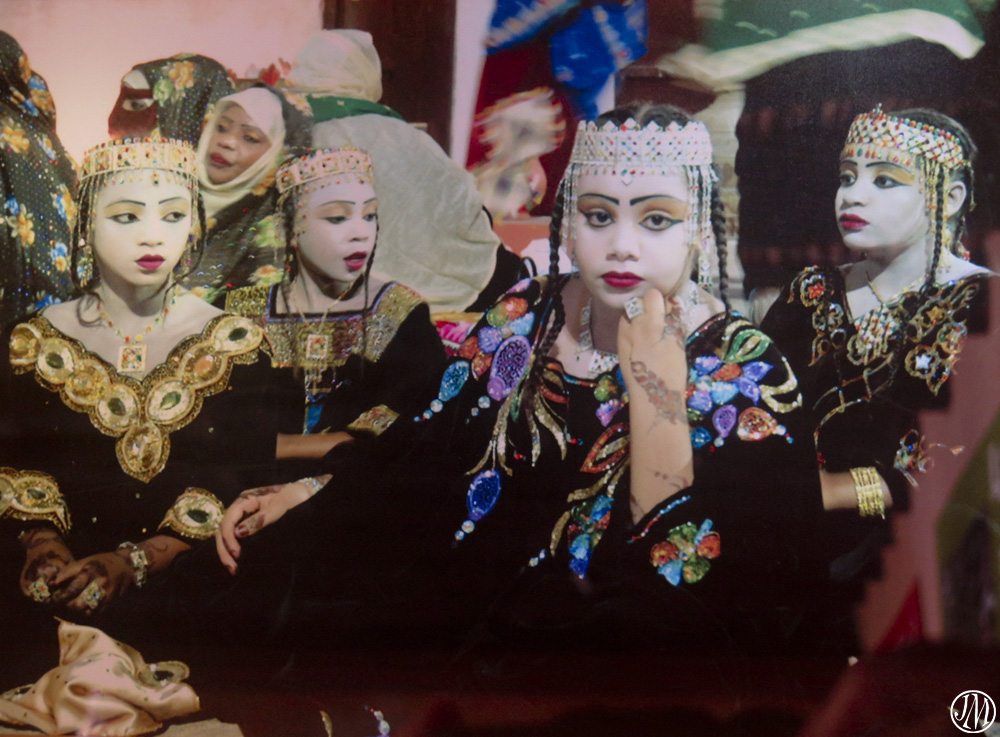
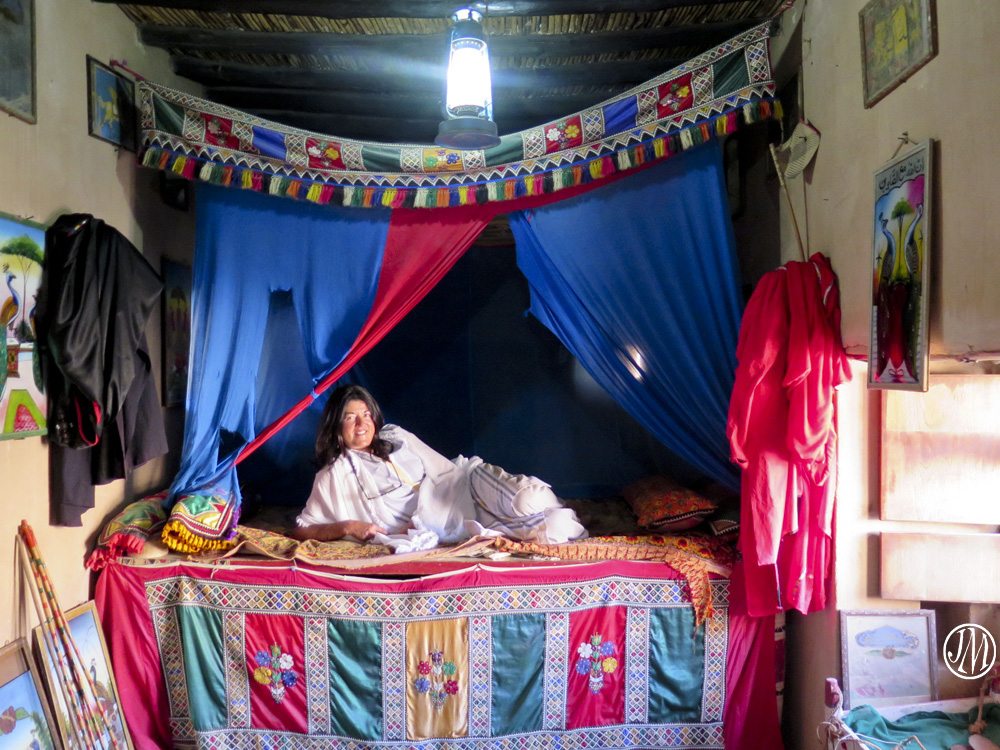
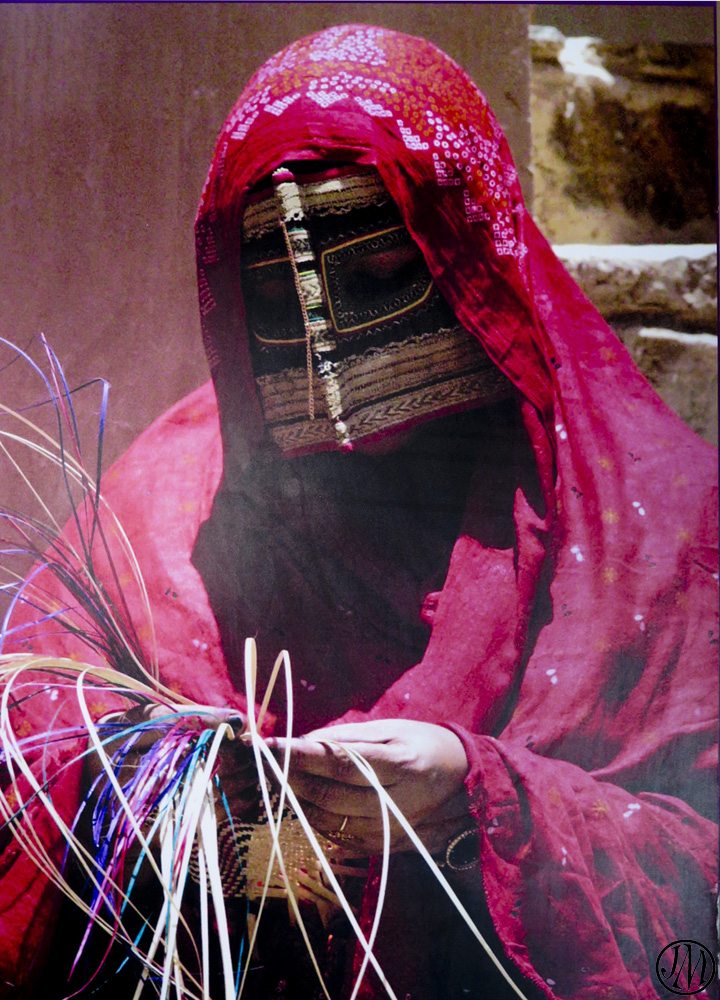
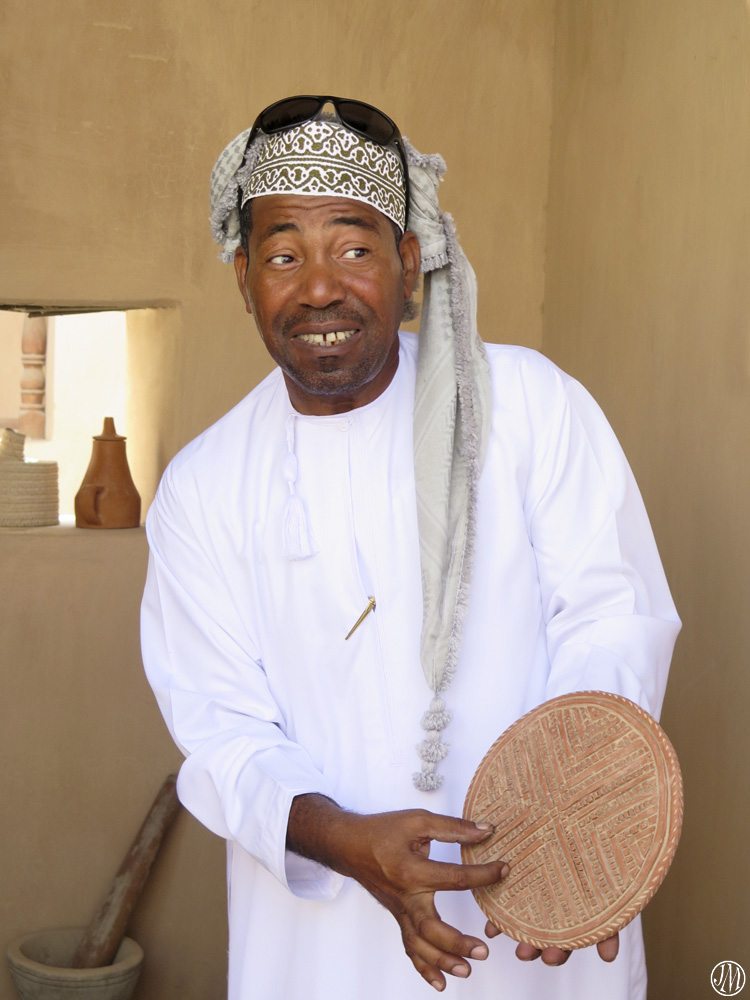
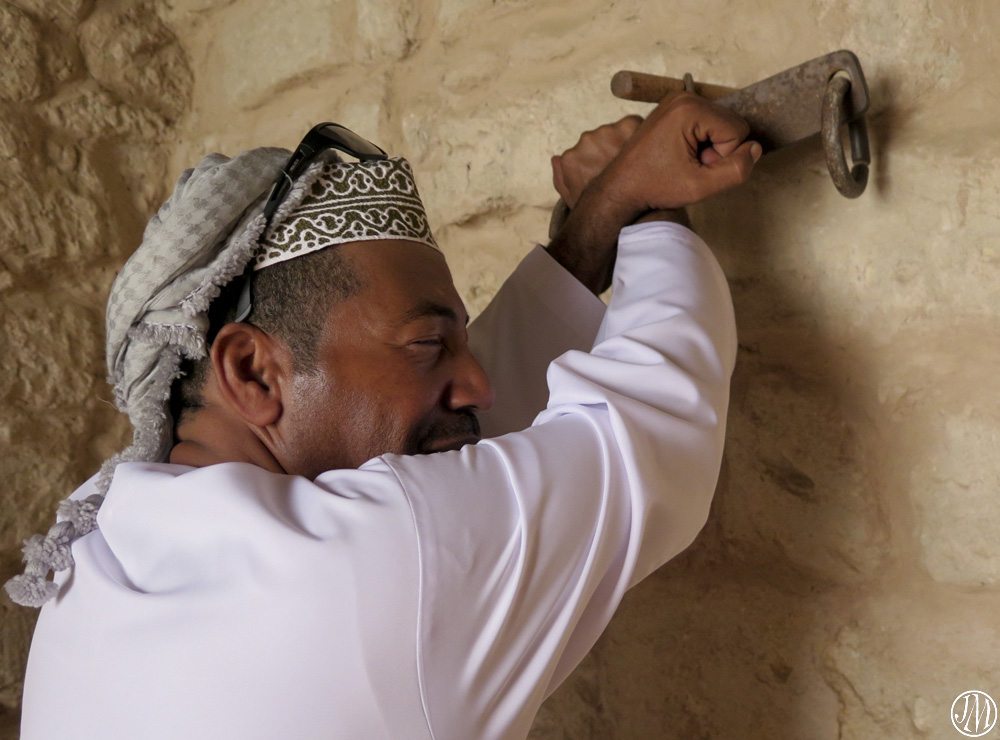
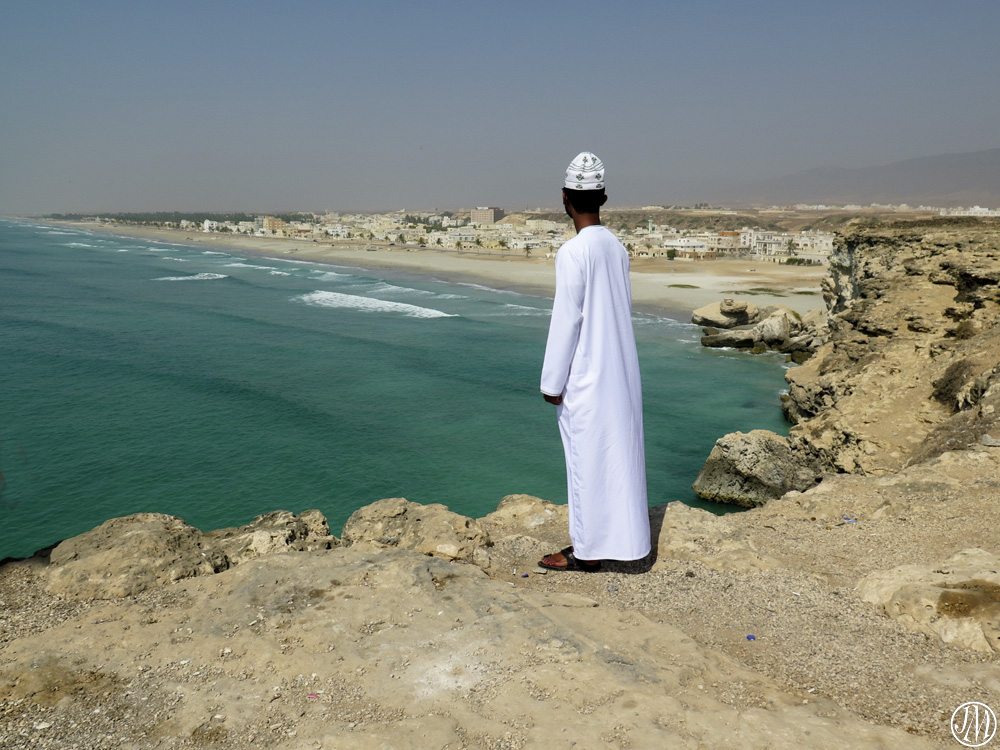
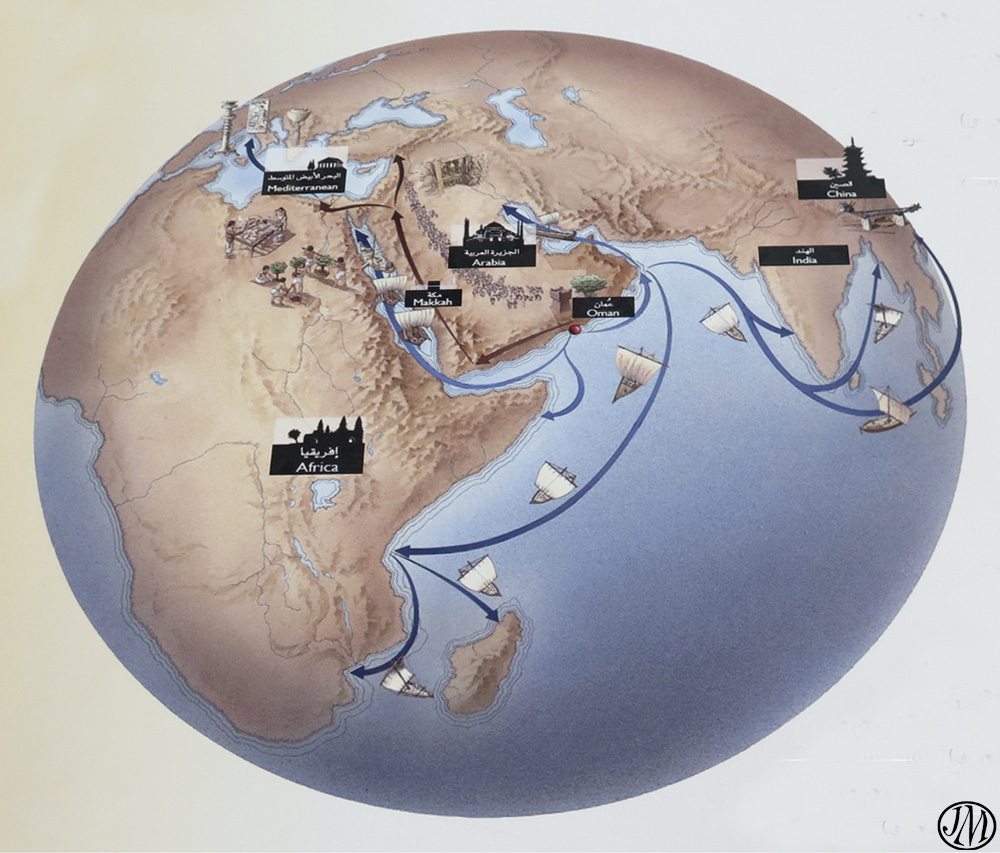
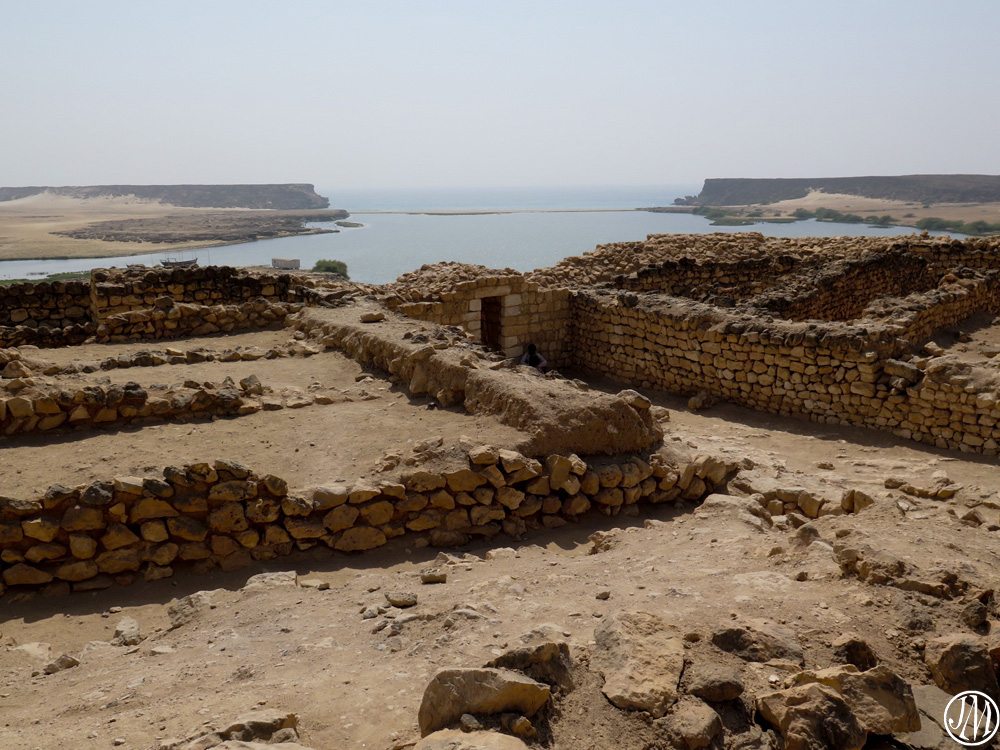
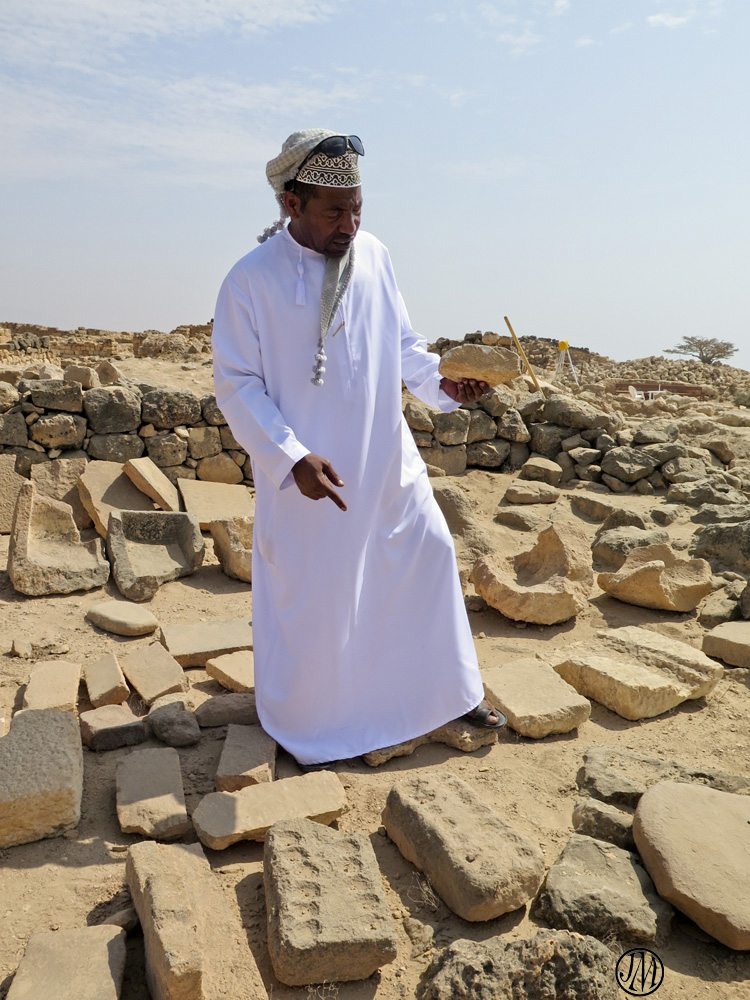
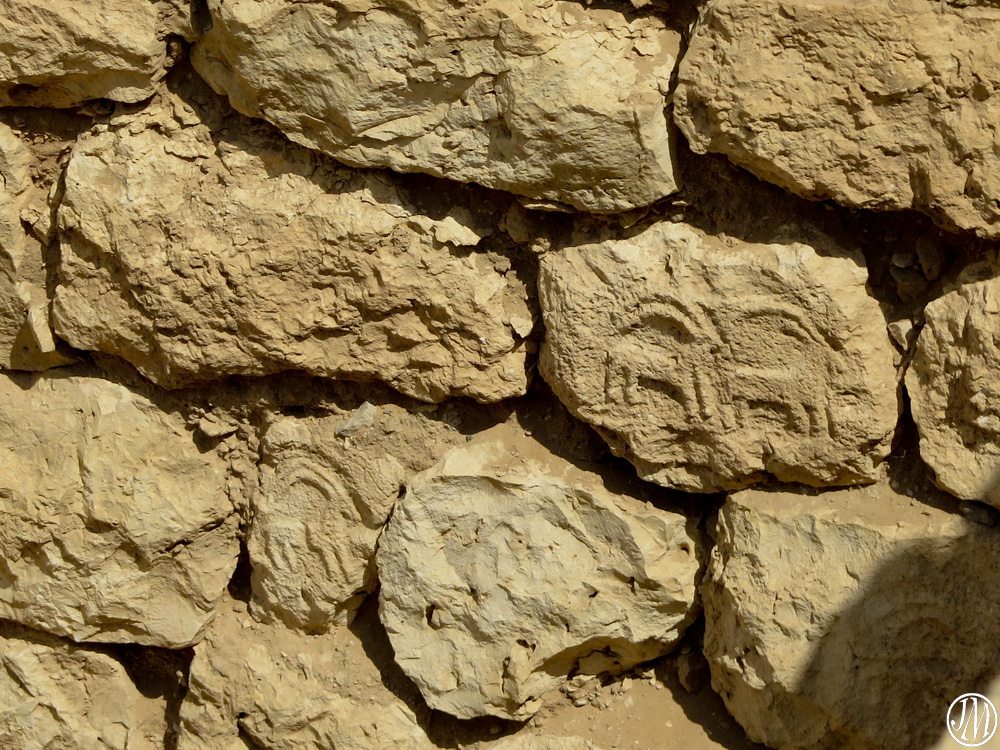
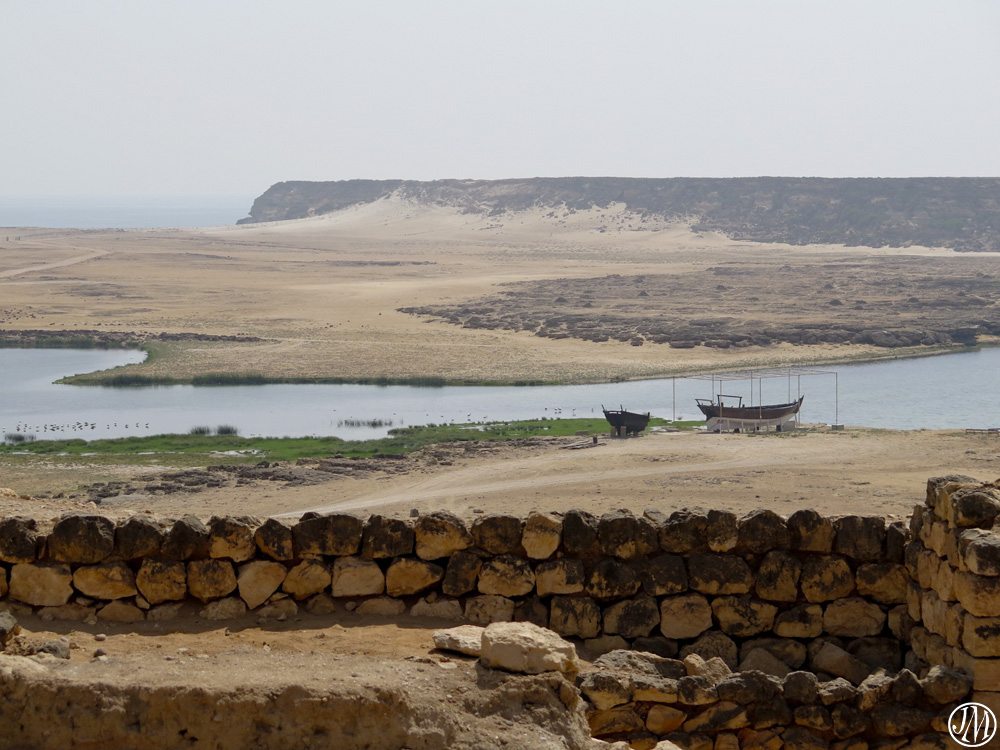
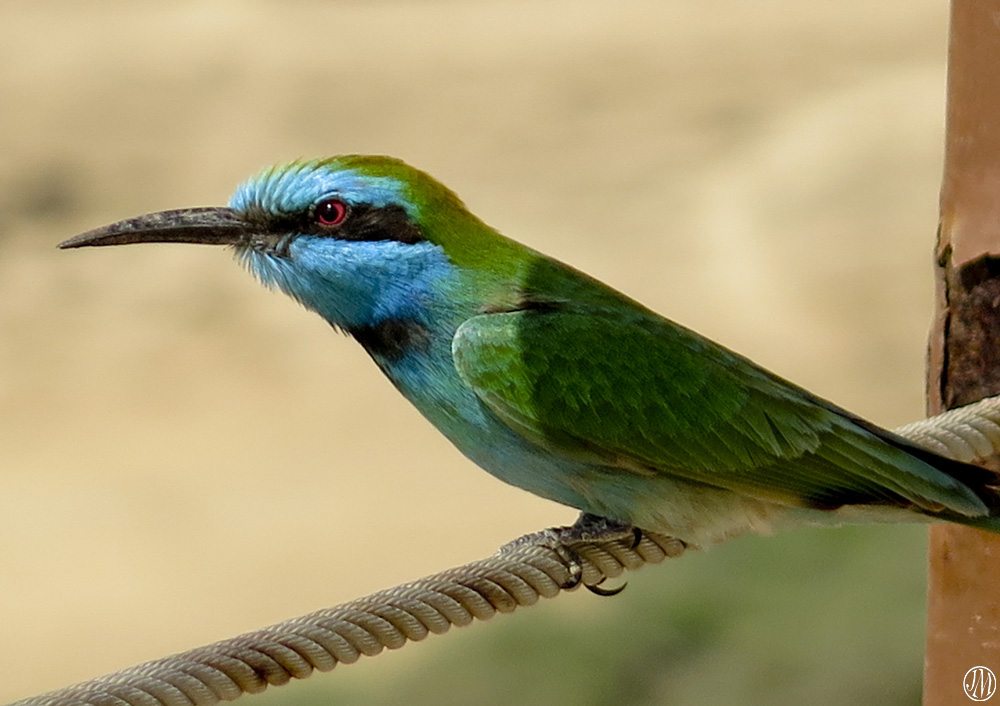
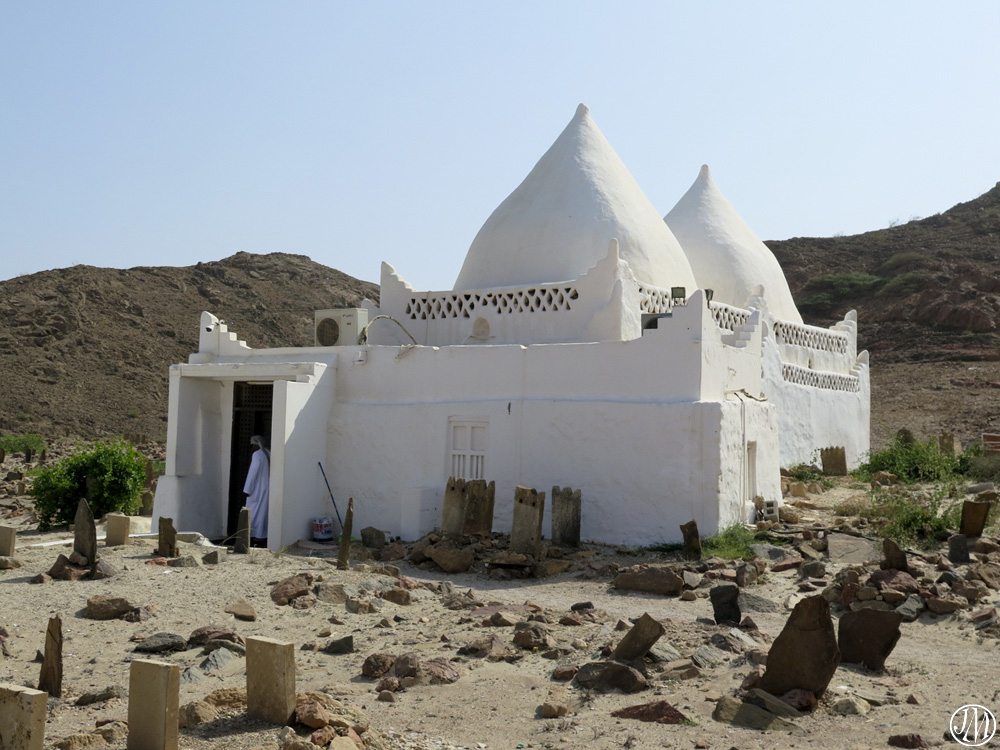
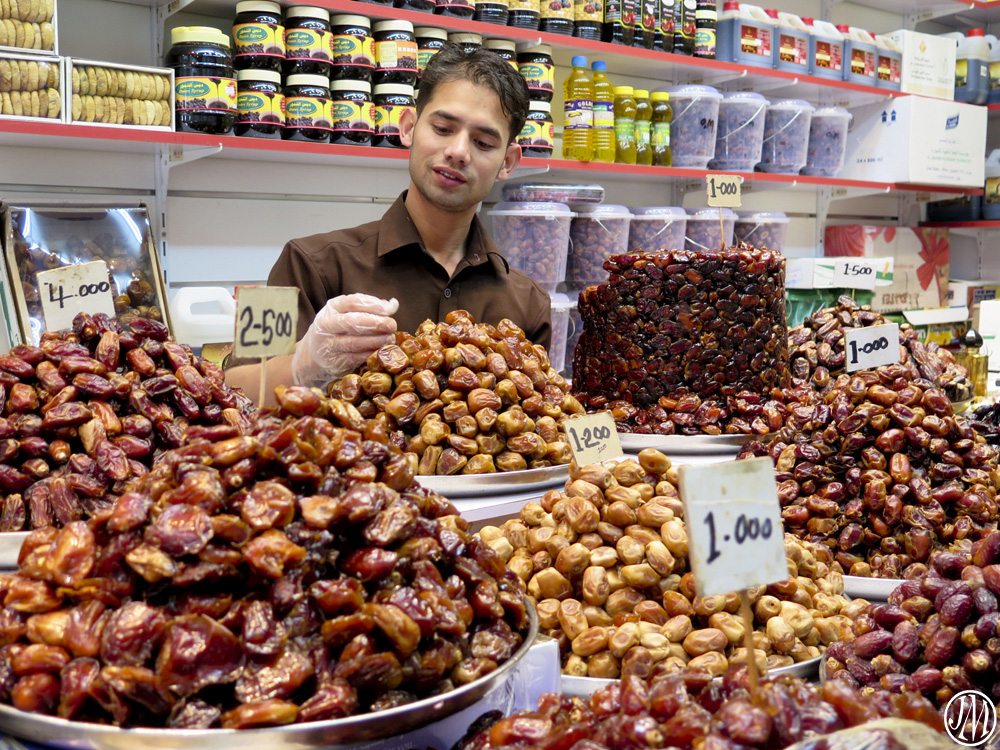
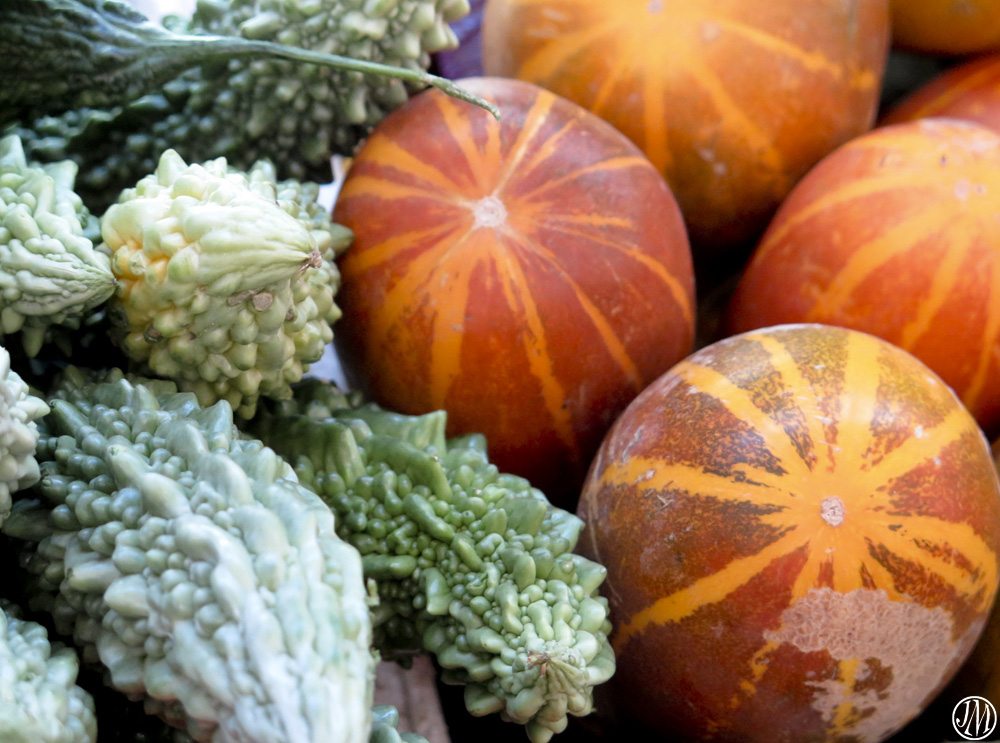
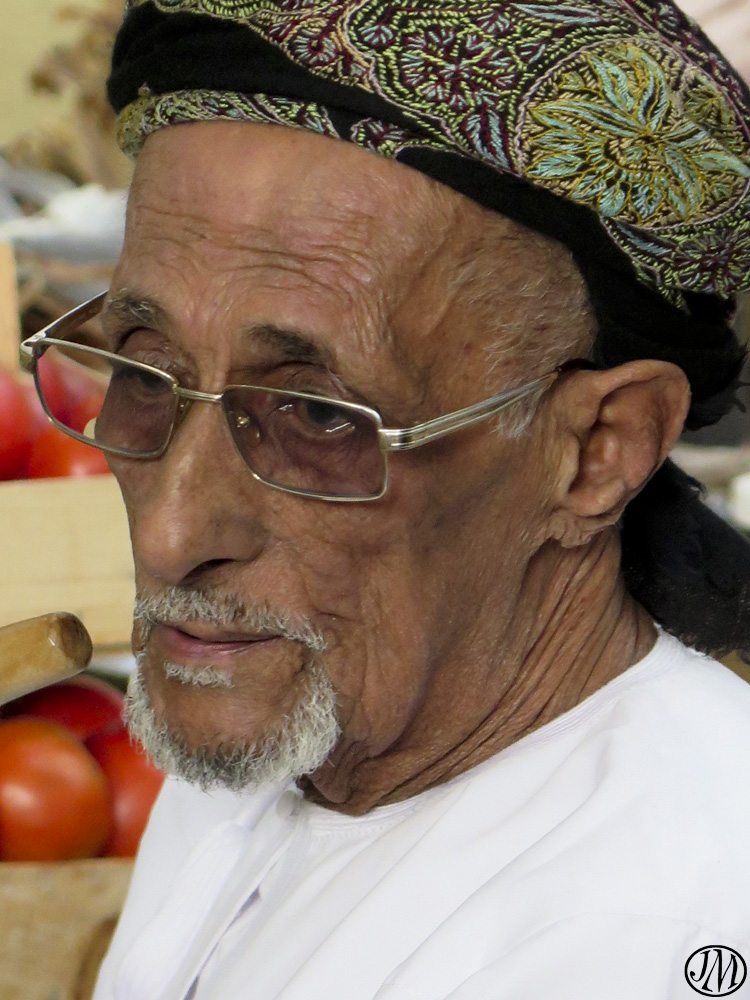
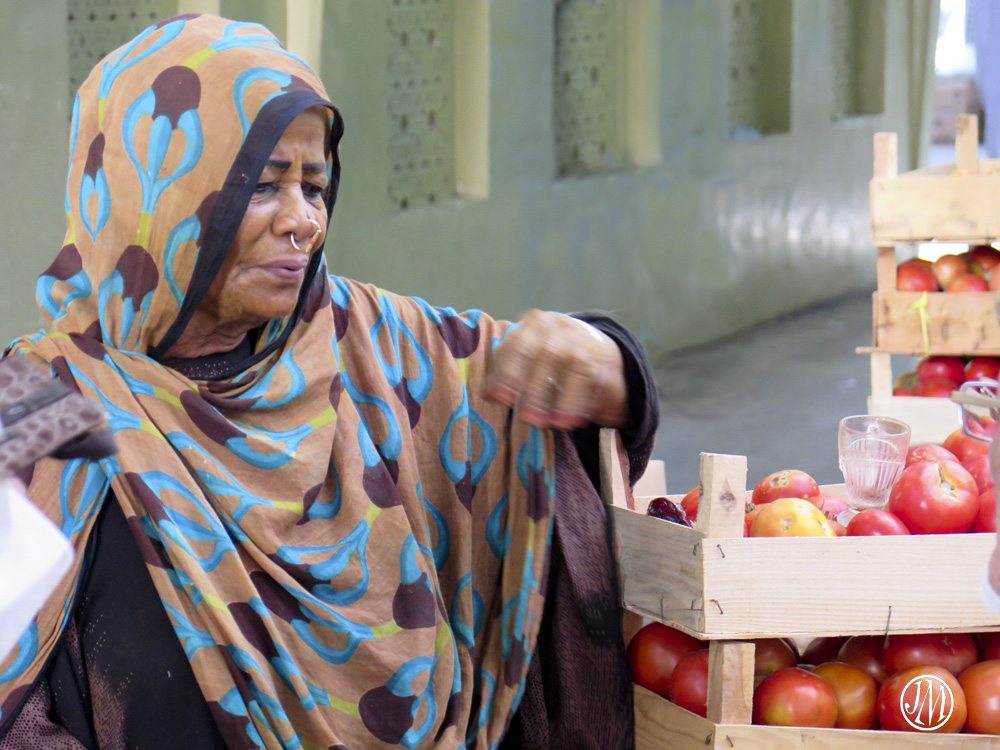
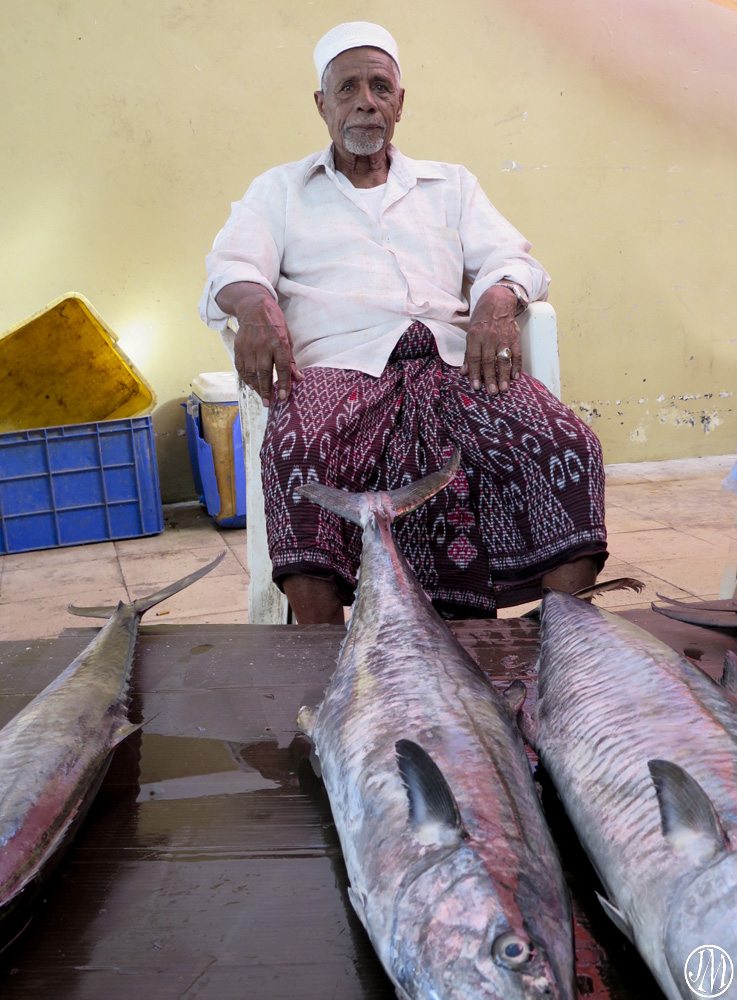
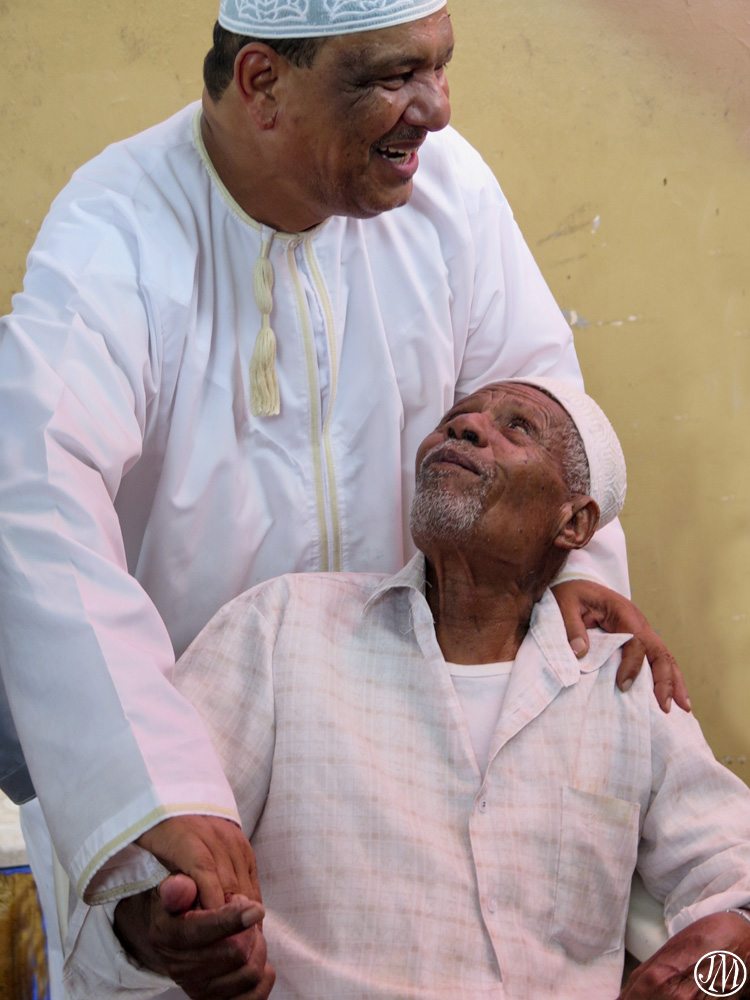
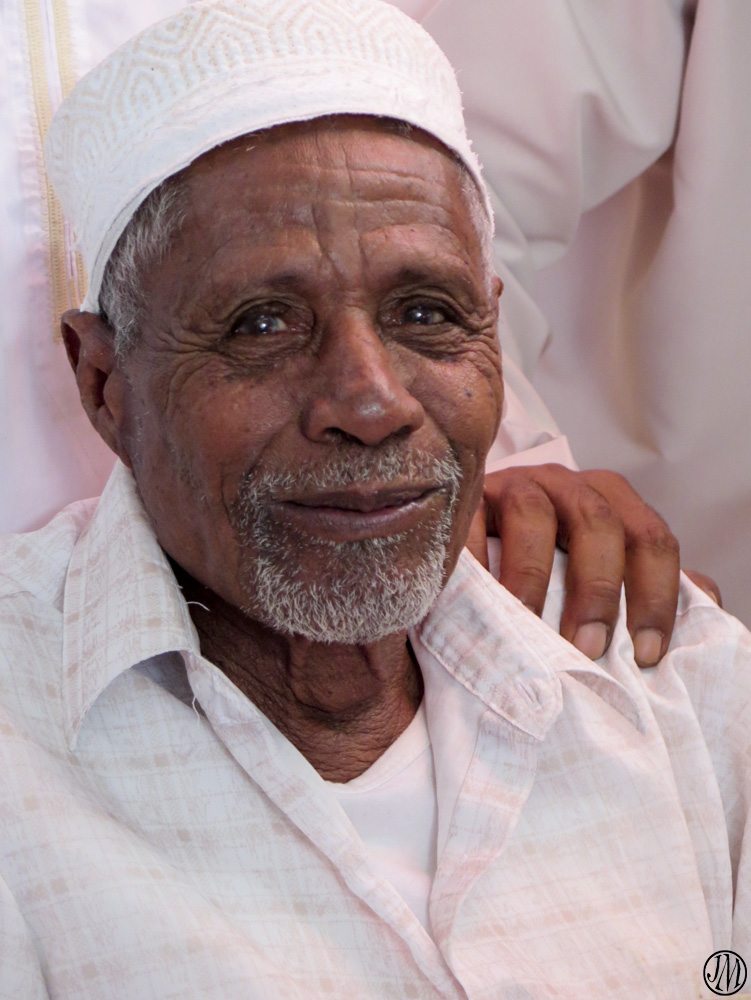
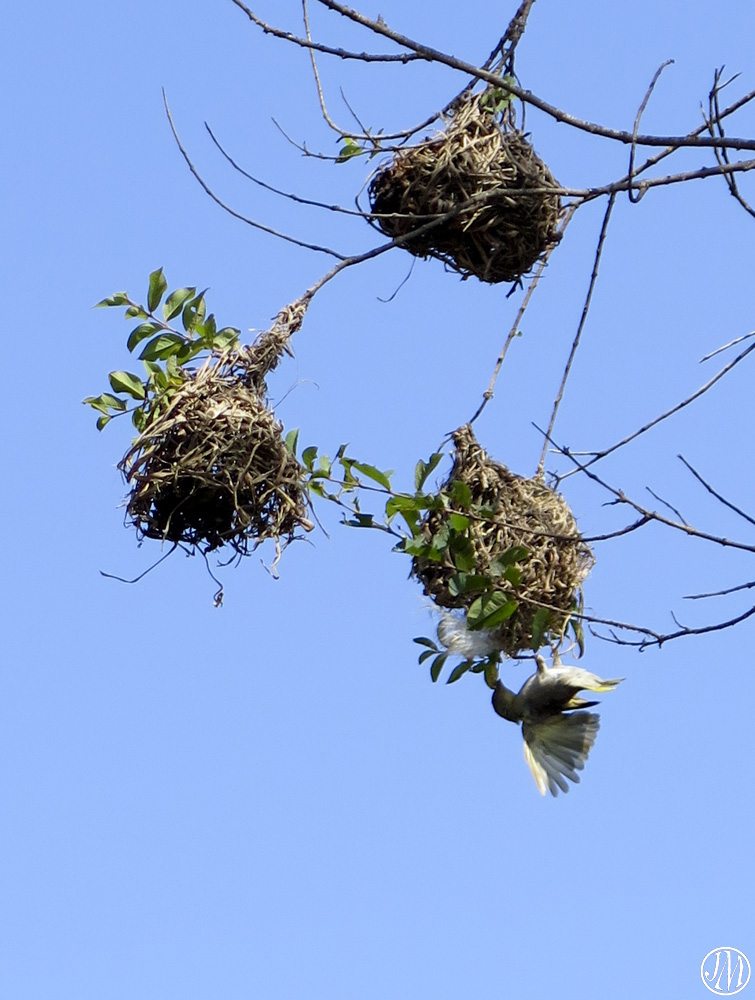
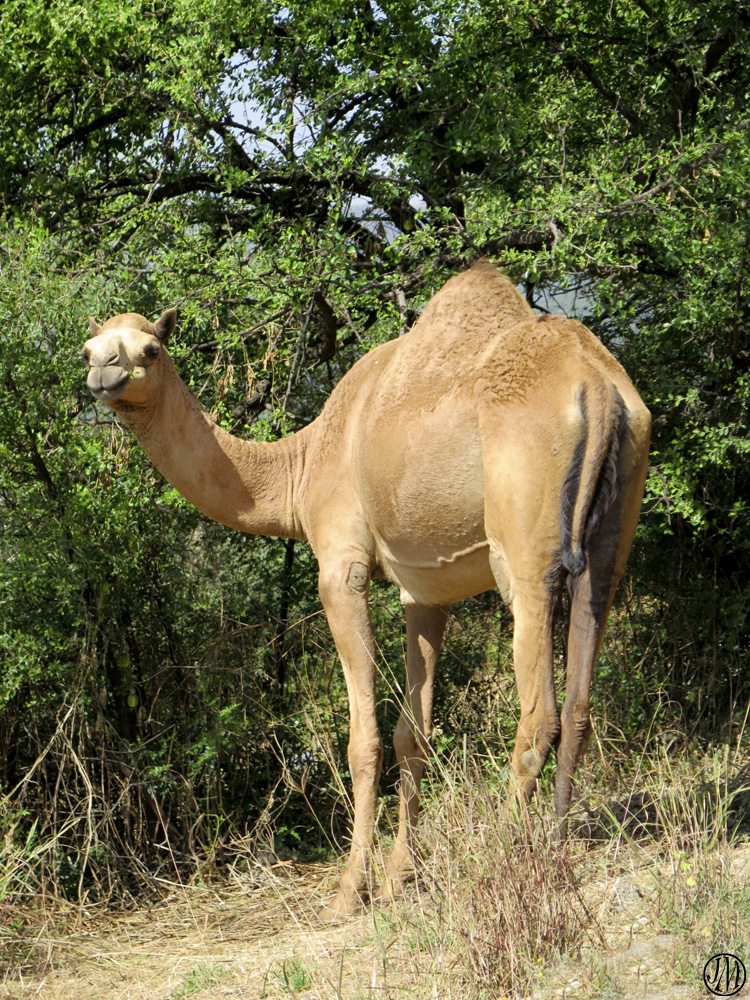
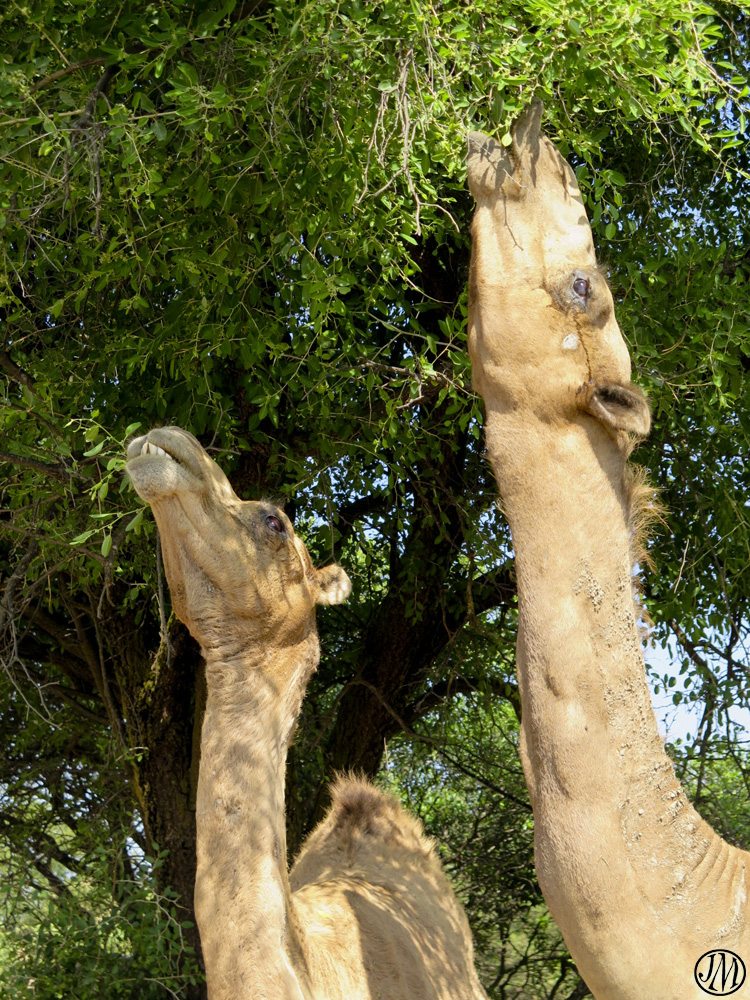
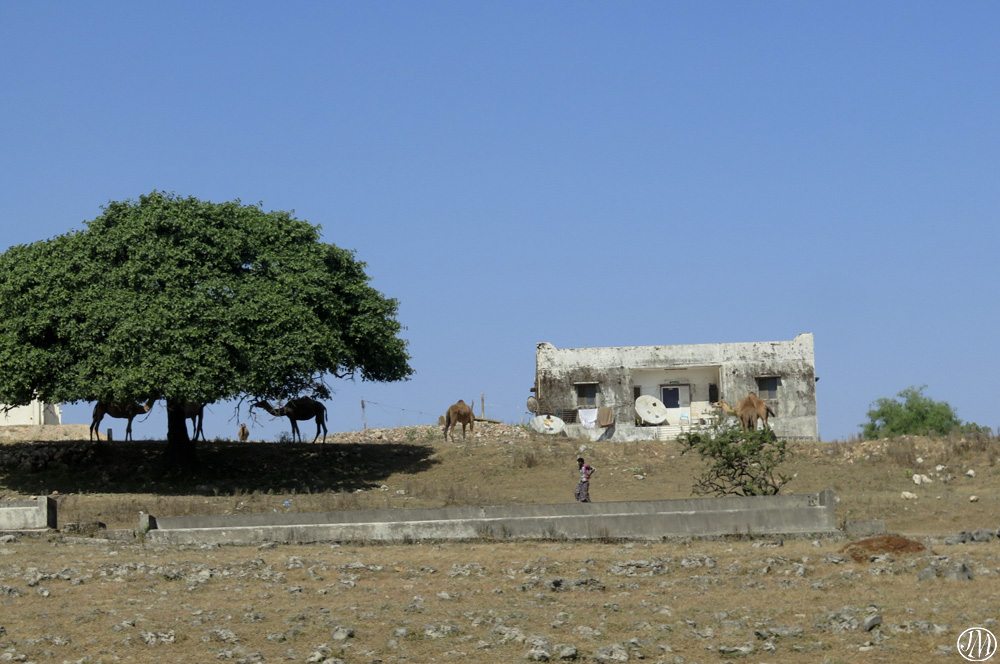
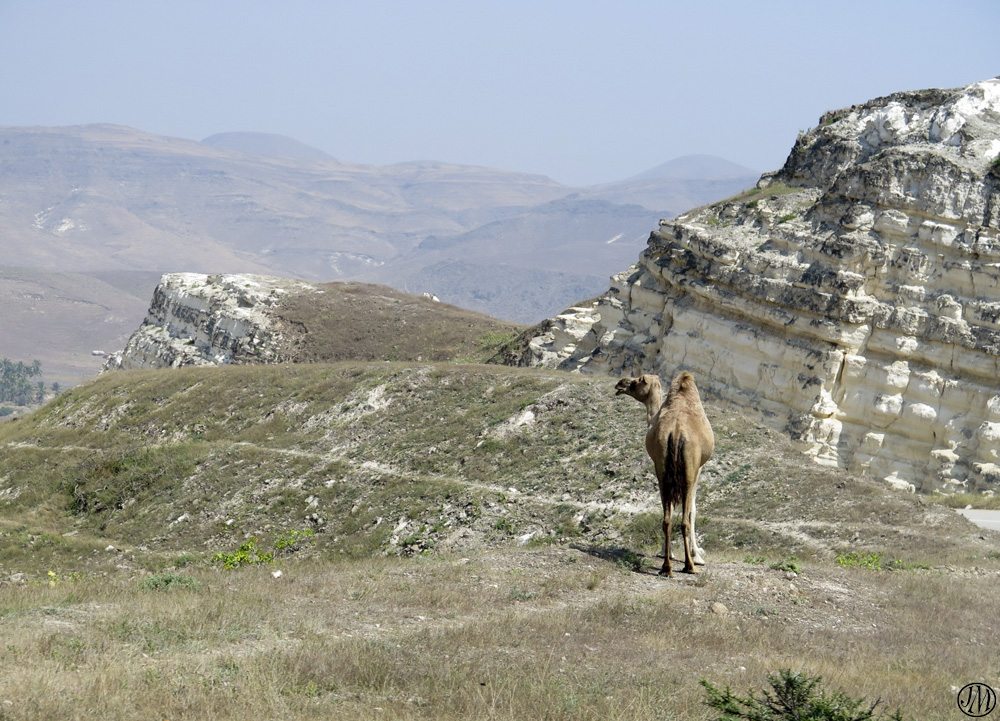
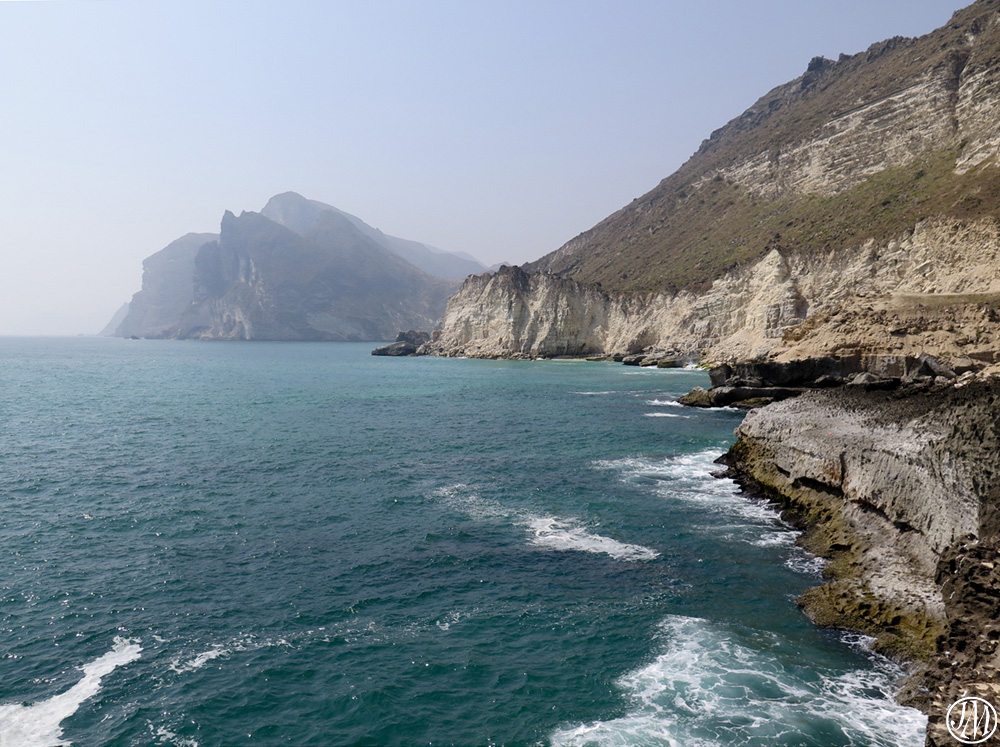
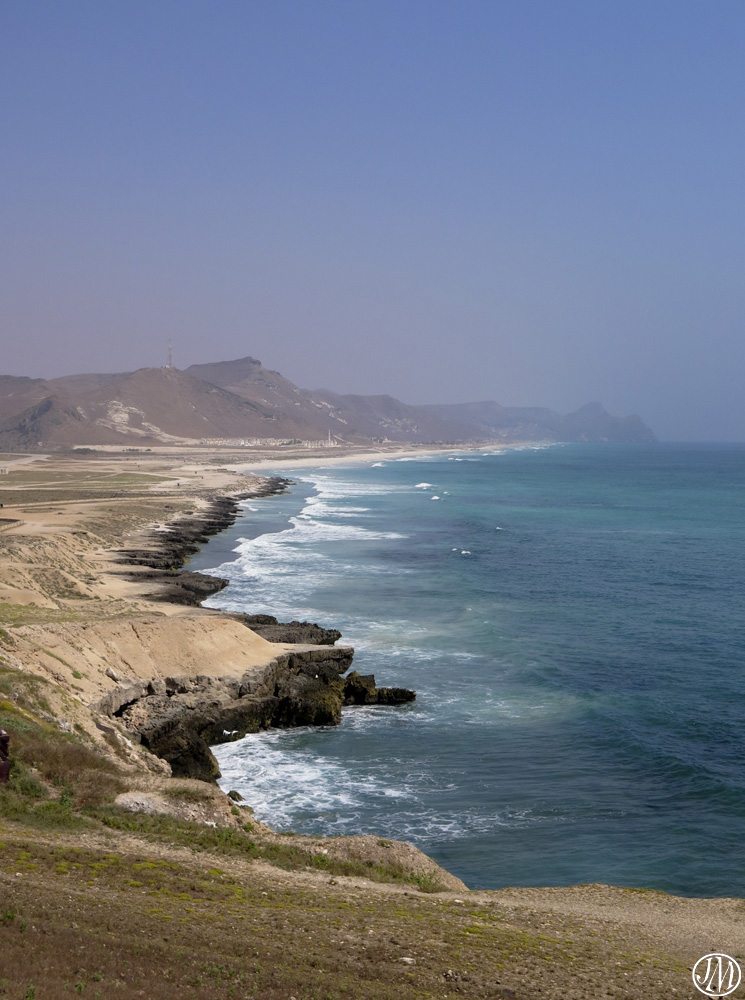
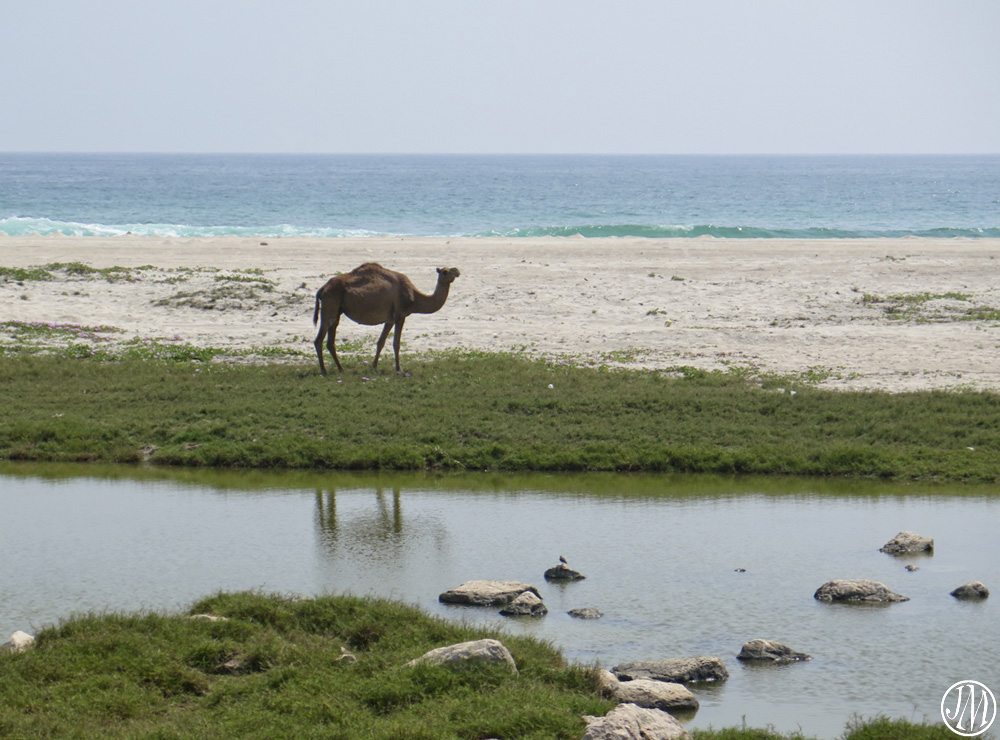
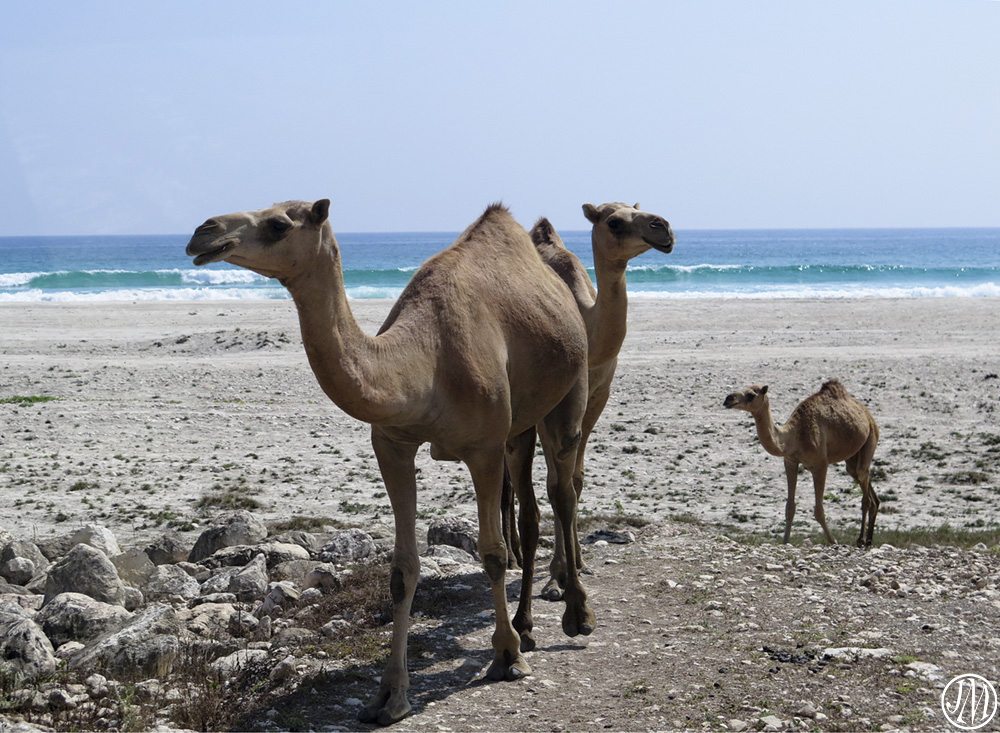
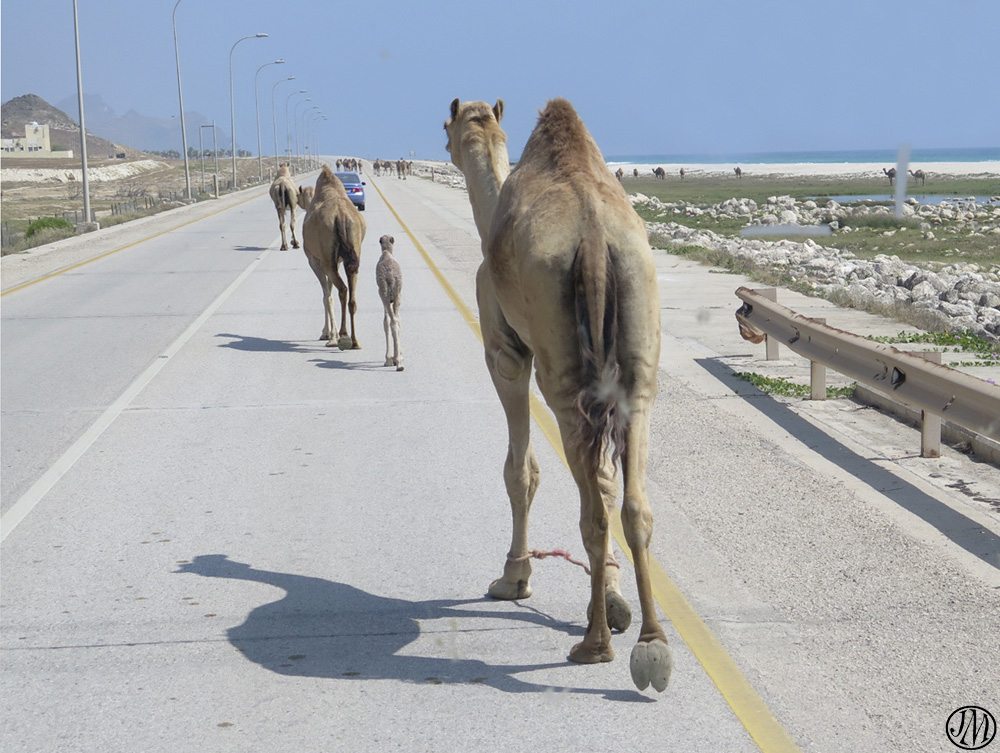
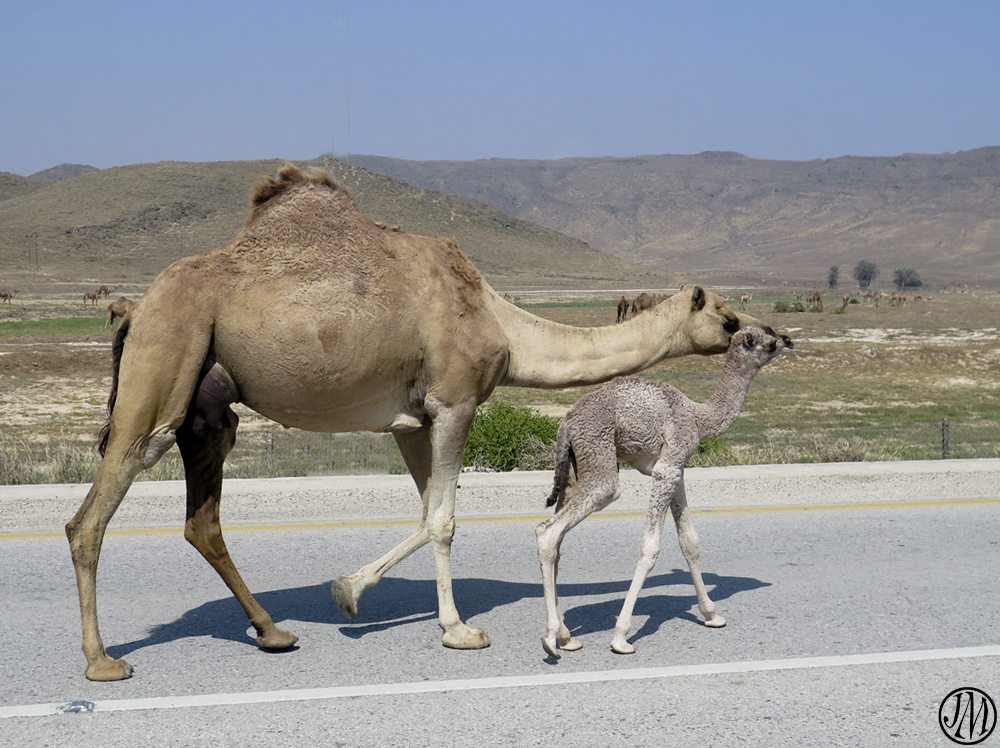
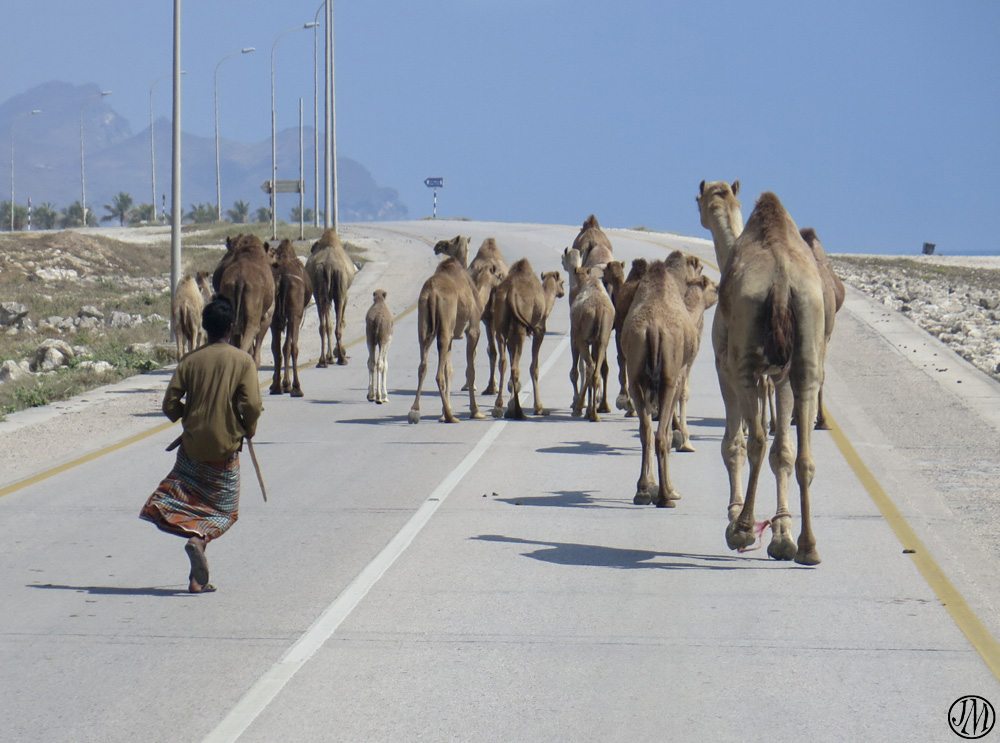
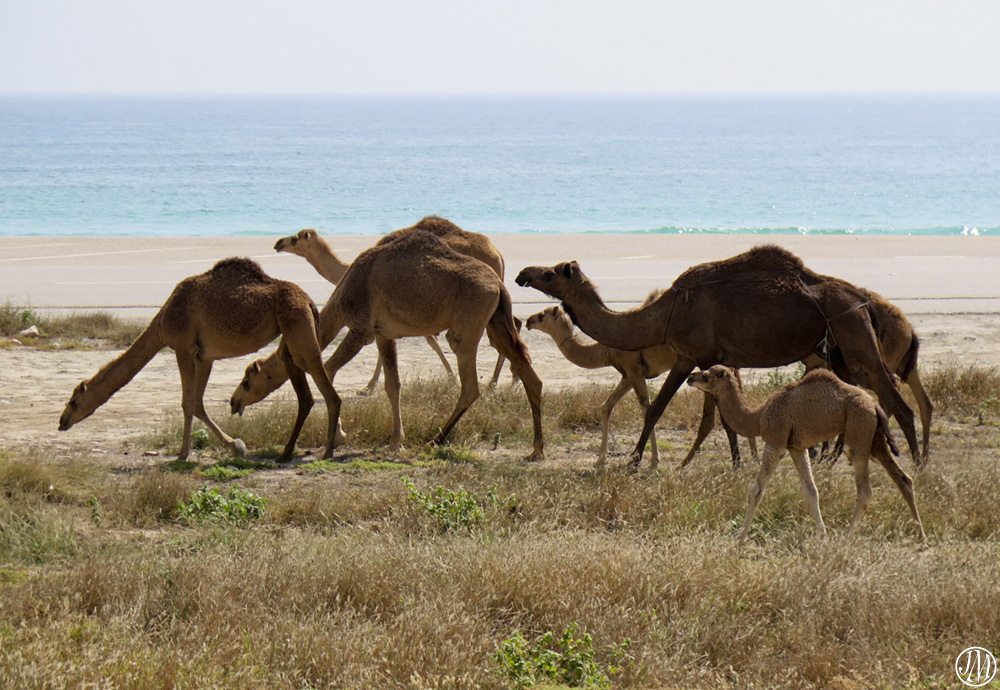
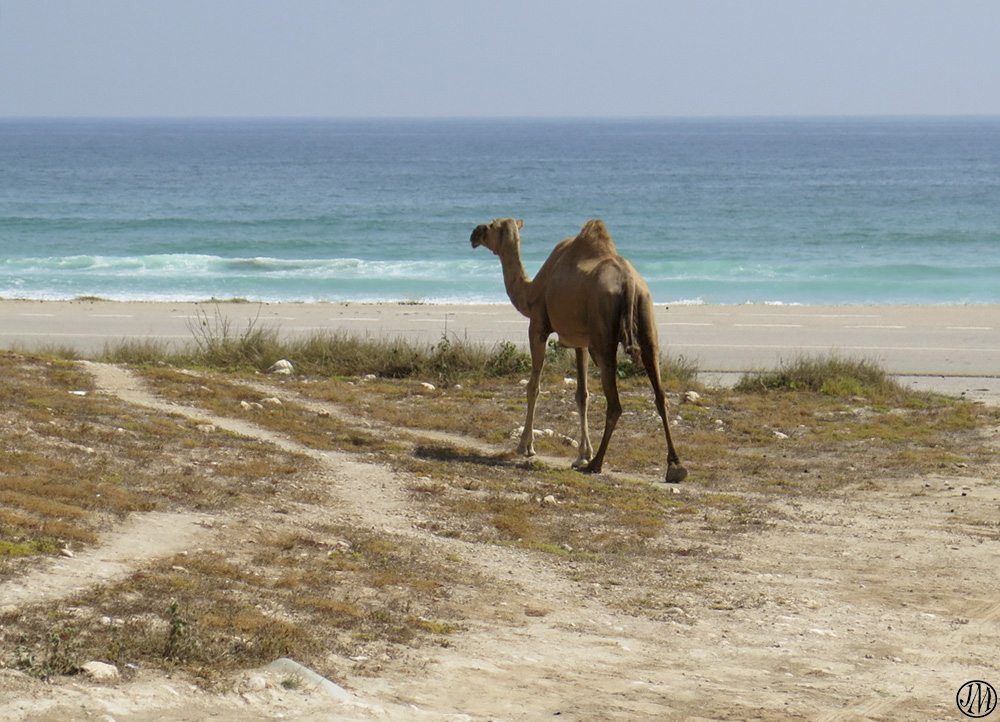
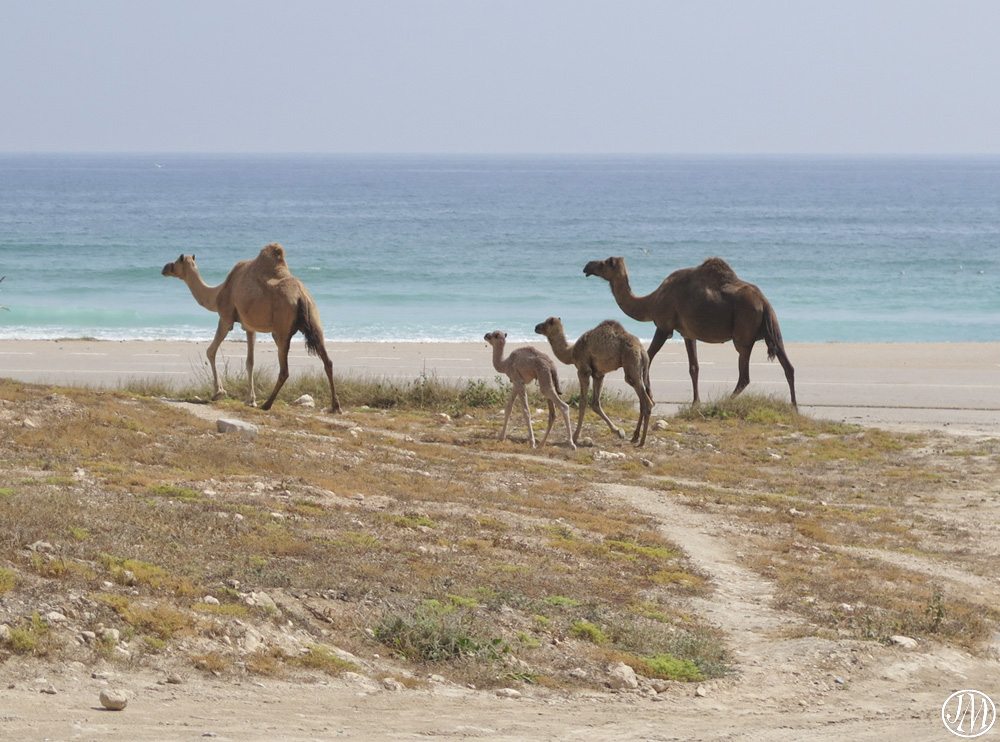
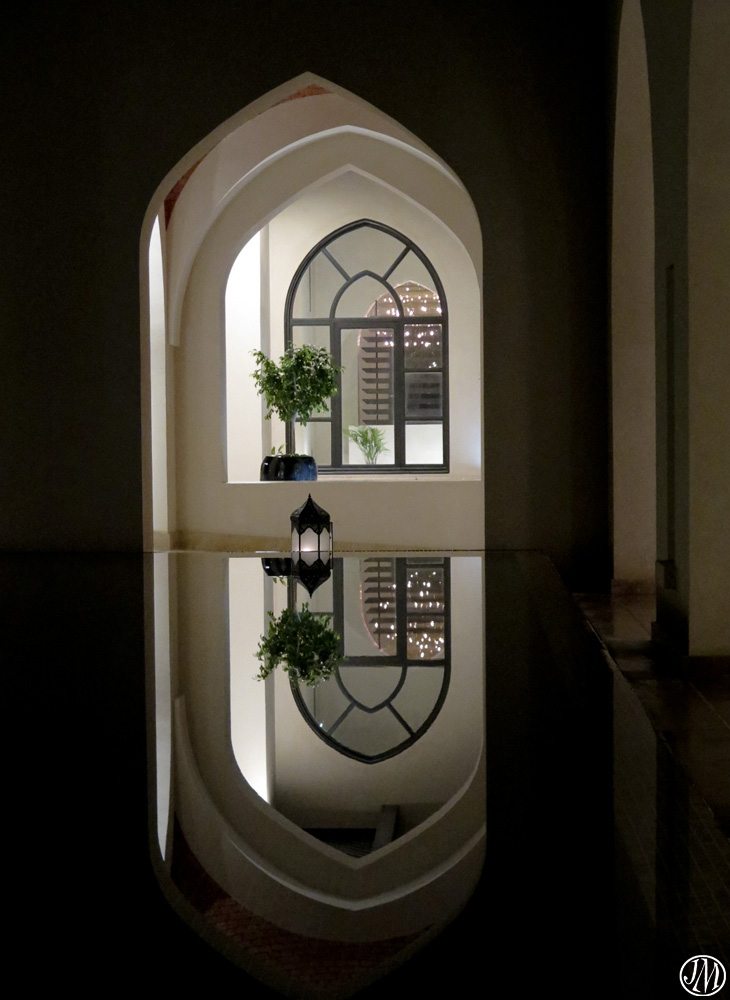
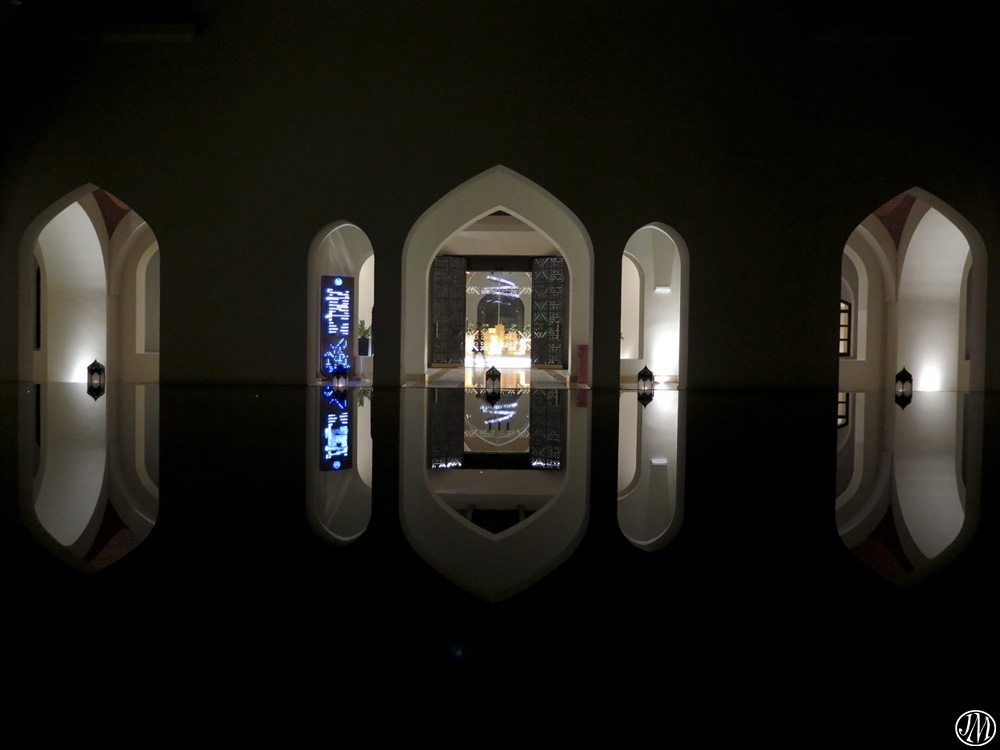
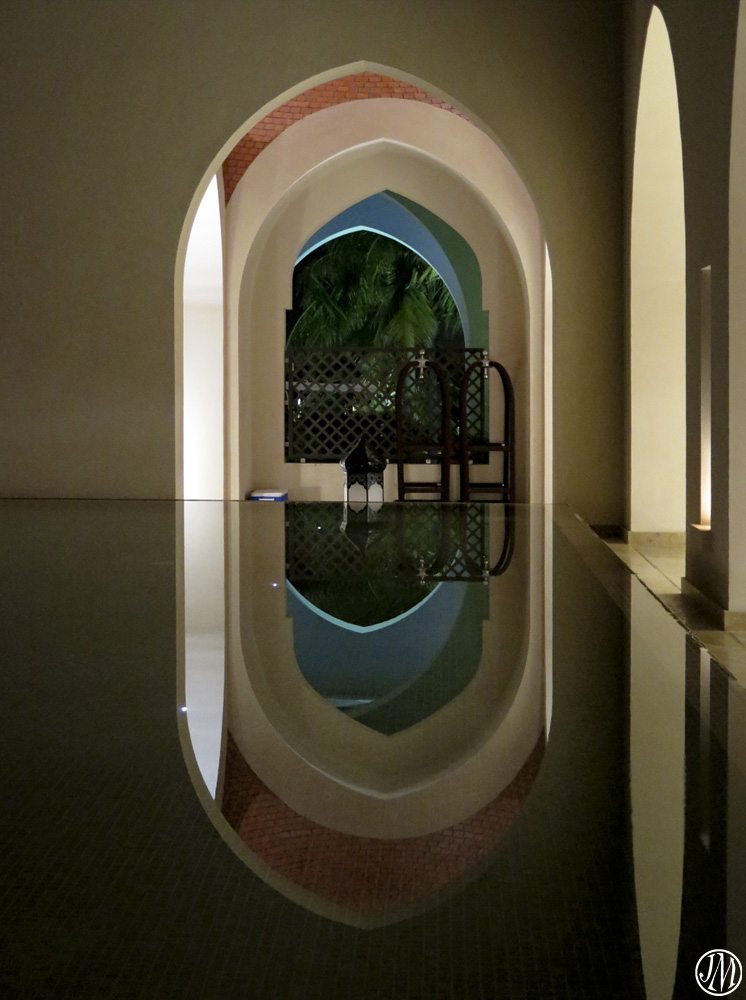
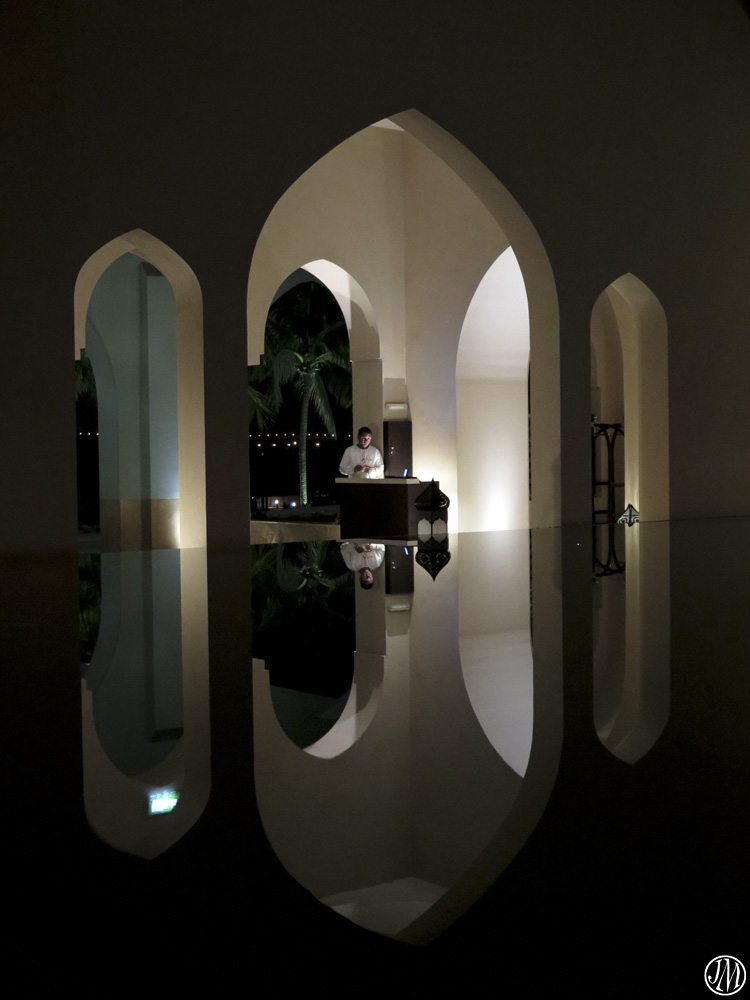
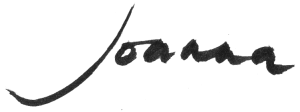
I couldn’t wait to read your last – and what a marvelous collection – loved the shadows, loved the camels, loved the portraits, amazed at the frankinsence, loved the story snippets – feel I could almost smell the place!
I was sorry to see this end and no complaints re: the camels……all lovely photos. Thank you for sharing.
Thank you wonderful Joanna for enchanting us with your great spirit. Your pictures evoke beautiful memories of an unforgettable journey. I love all your pictures!
I was reading the novel Celestial Bodies by Jokha Alharthi, and while looking up some information about Oman, I came upon your wonderful blog. Your photos and text tell such a great story on their own, and also add so much to my reading experience. Thank you for your amazing work!